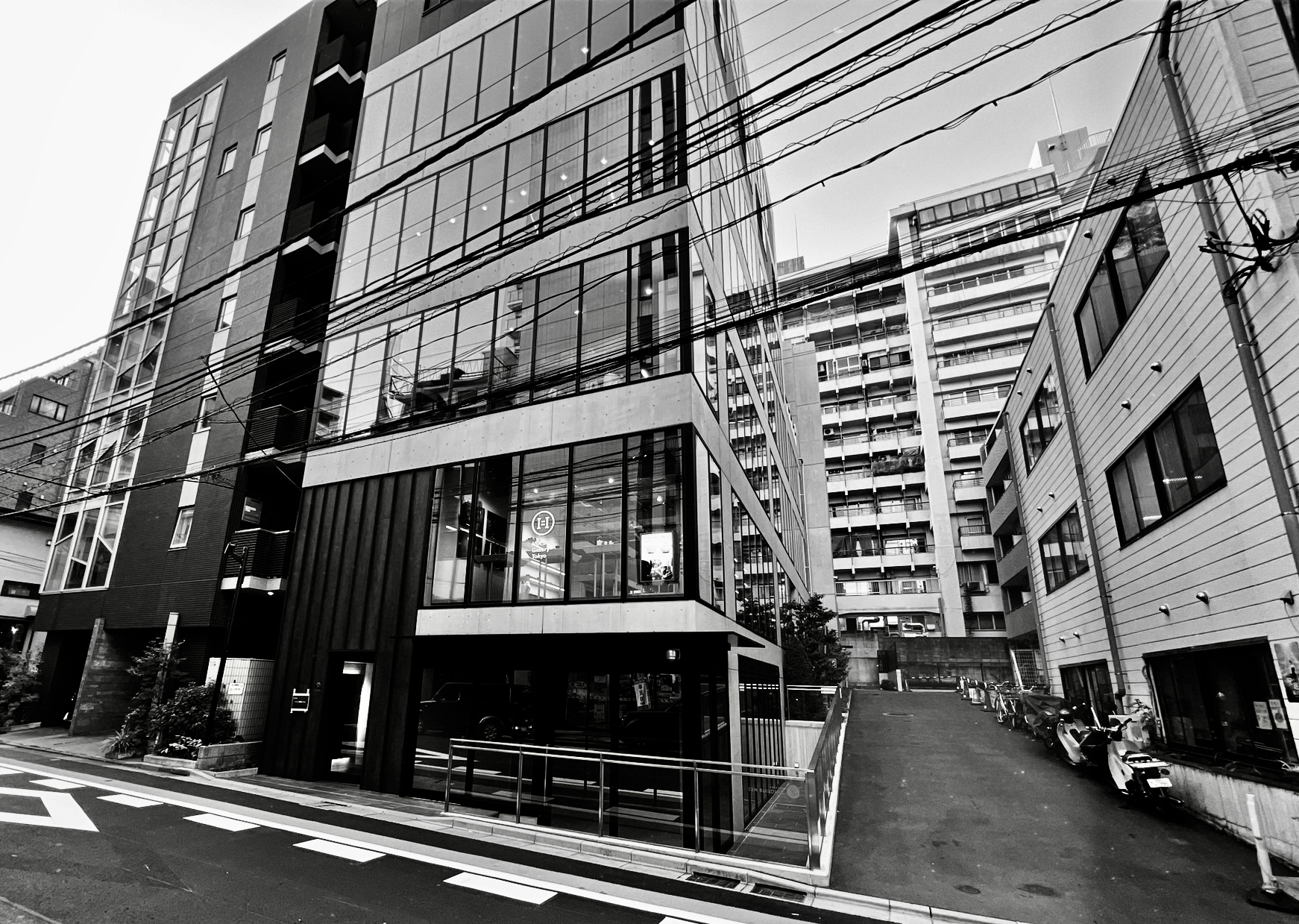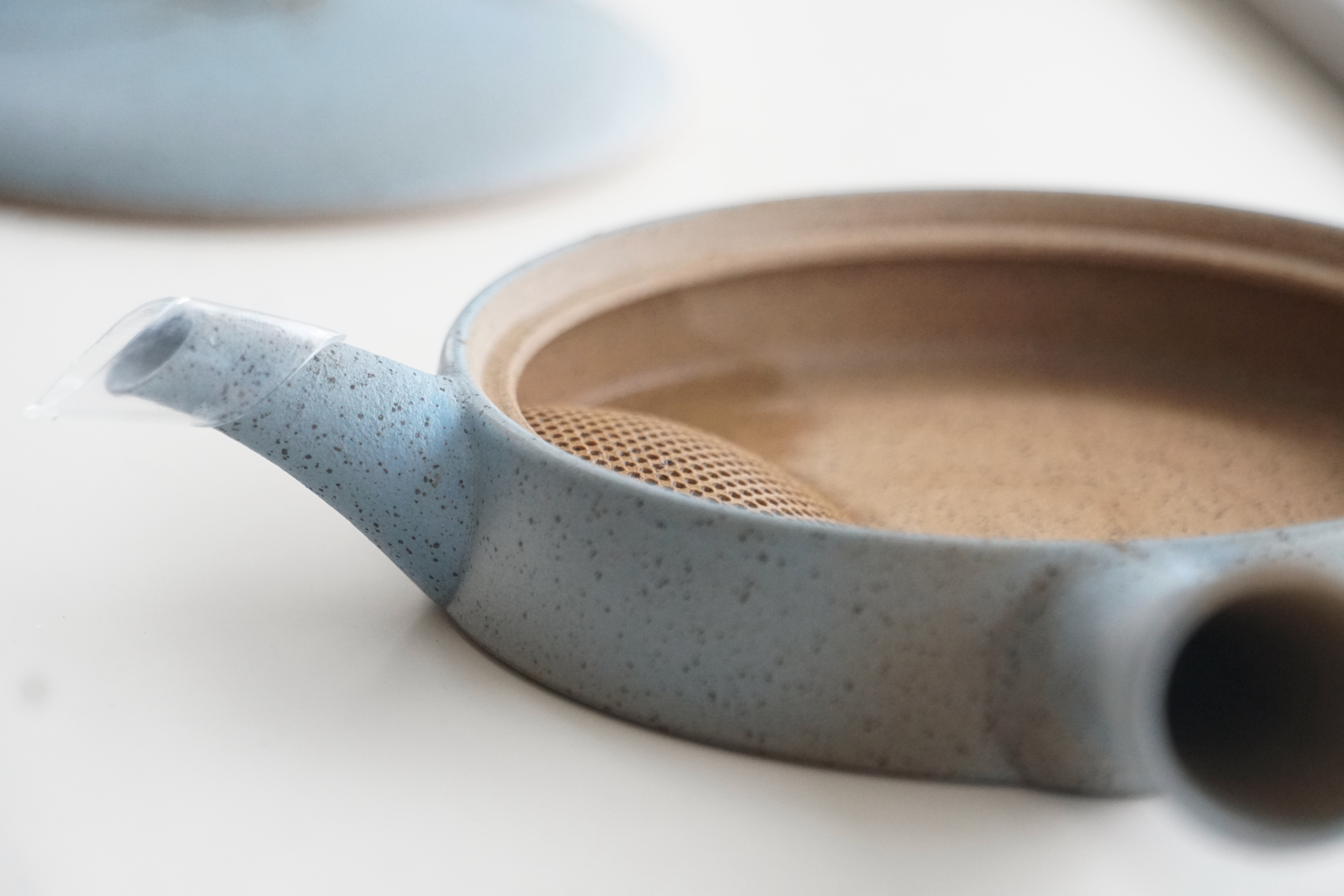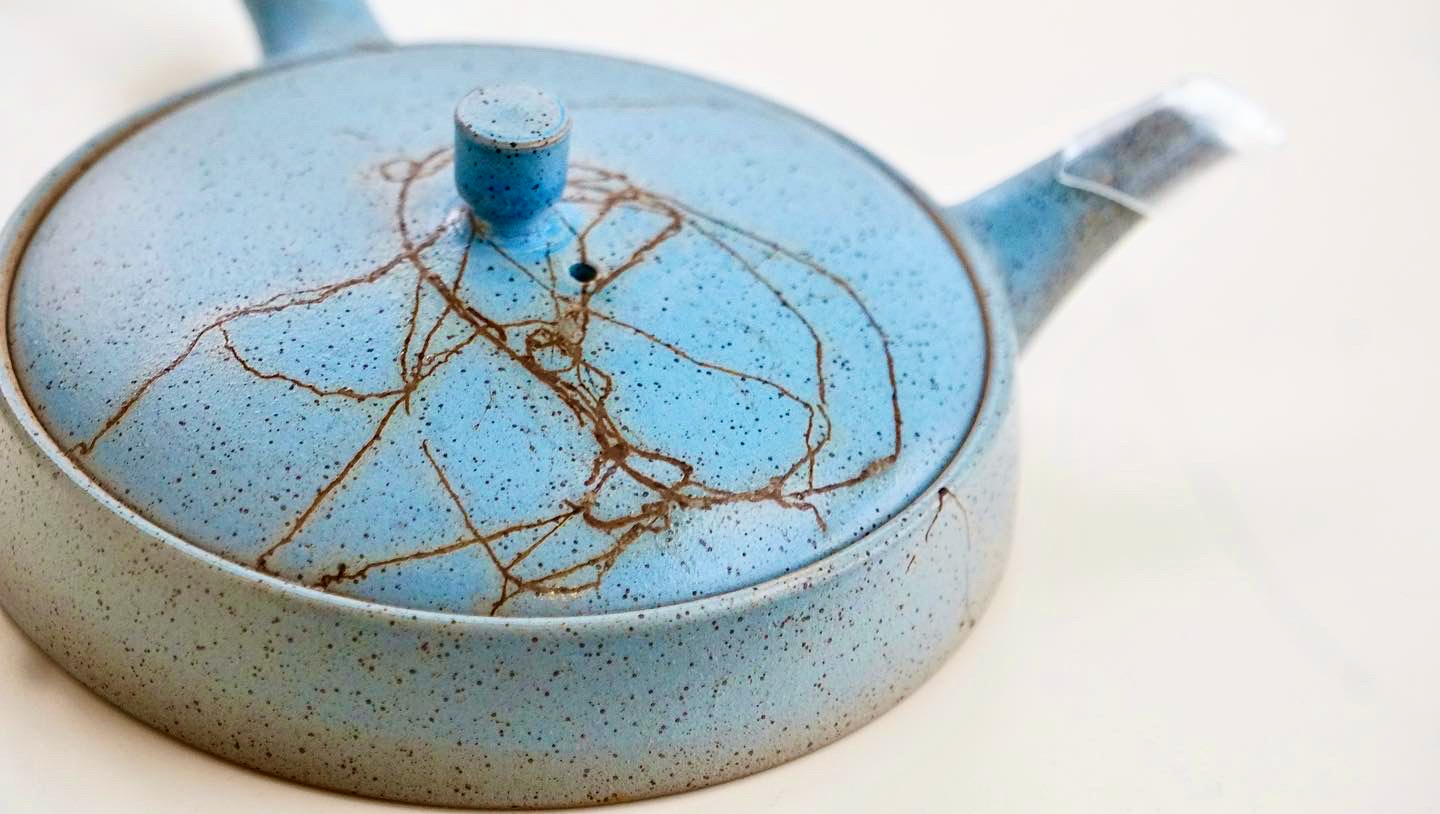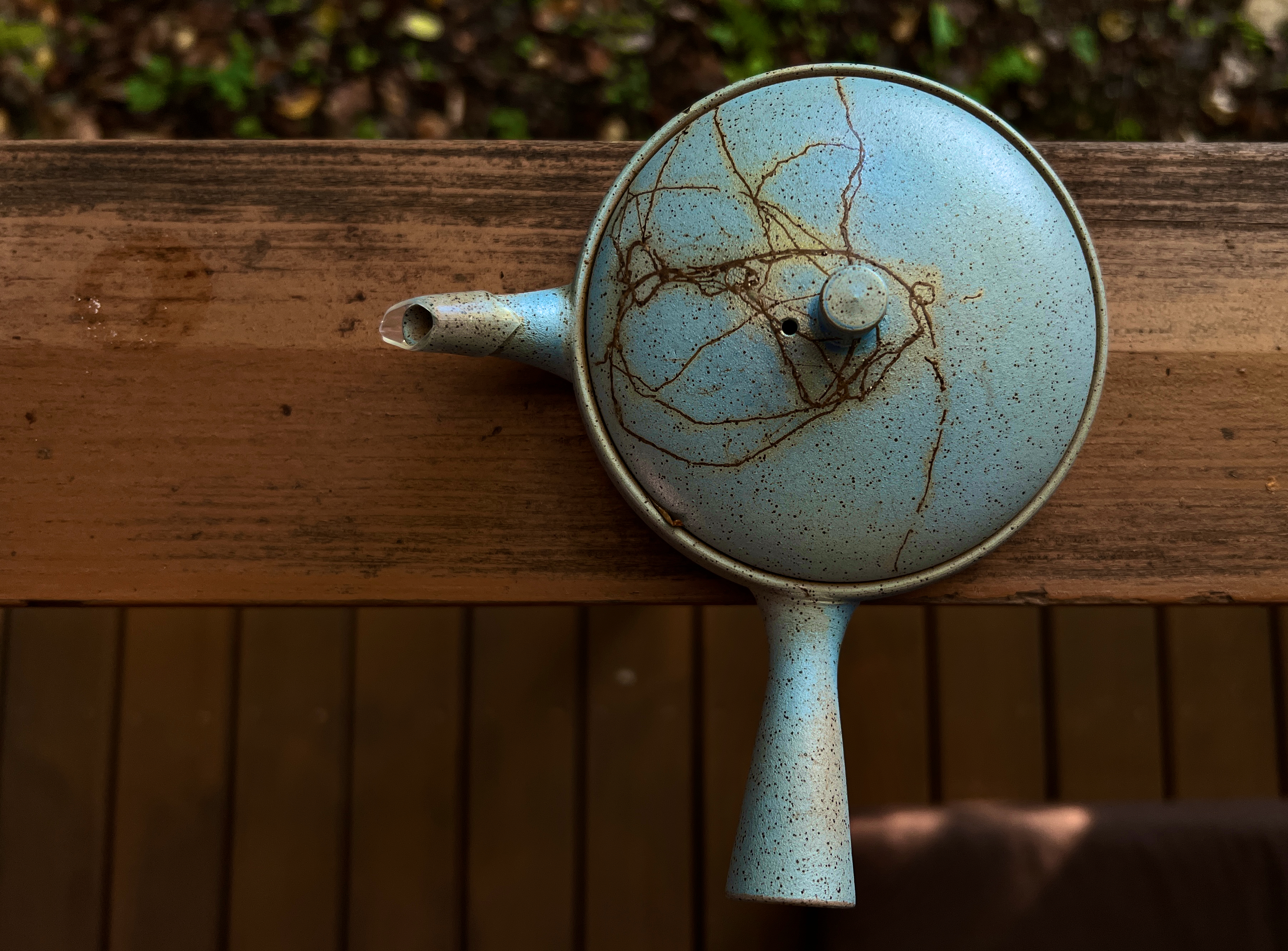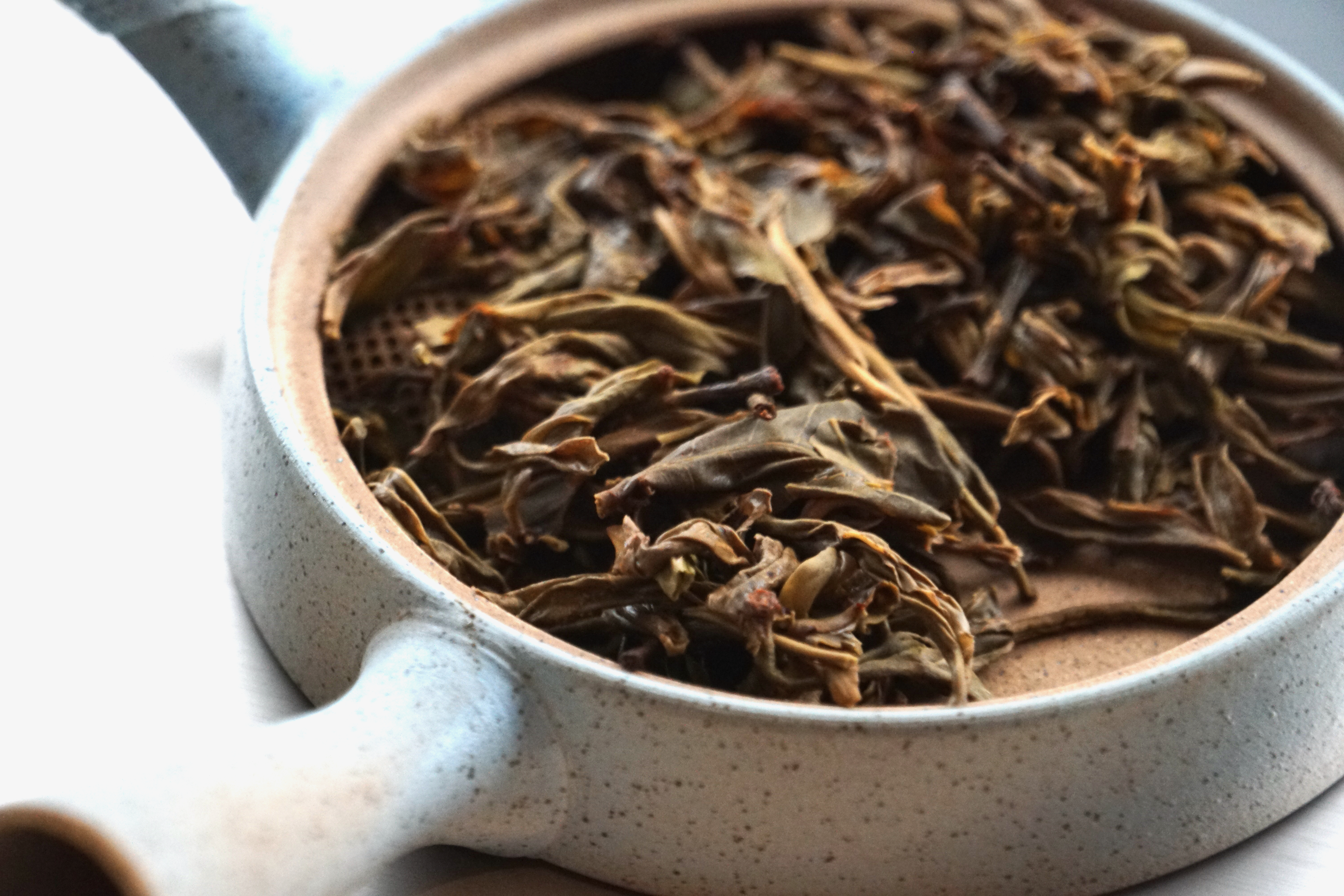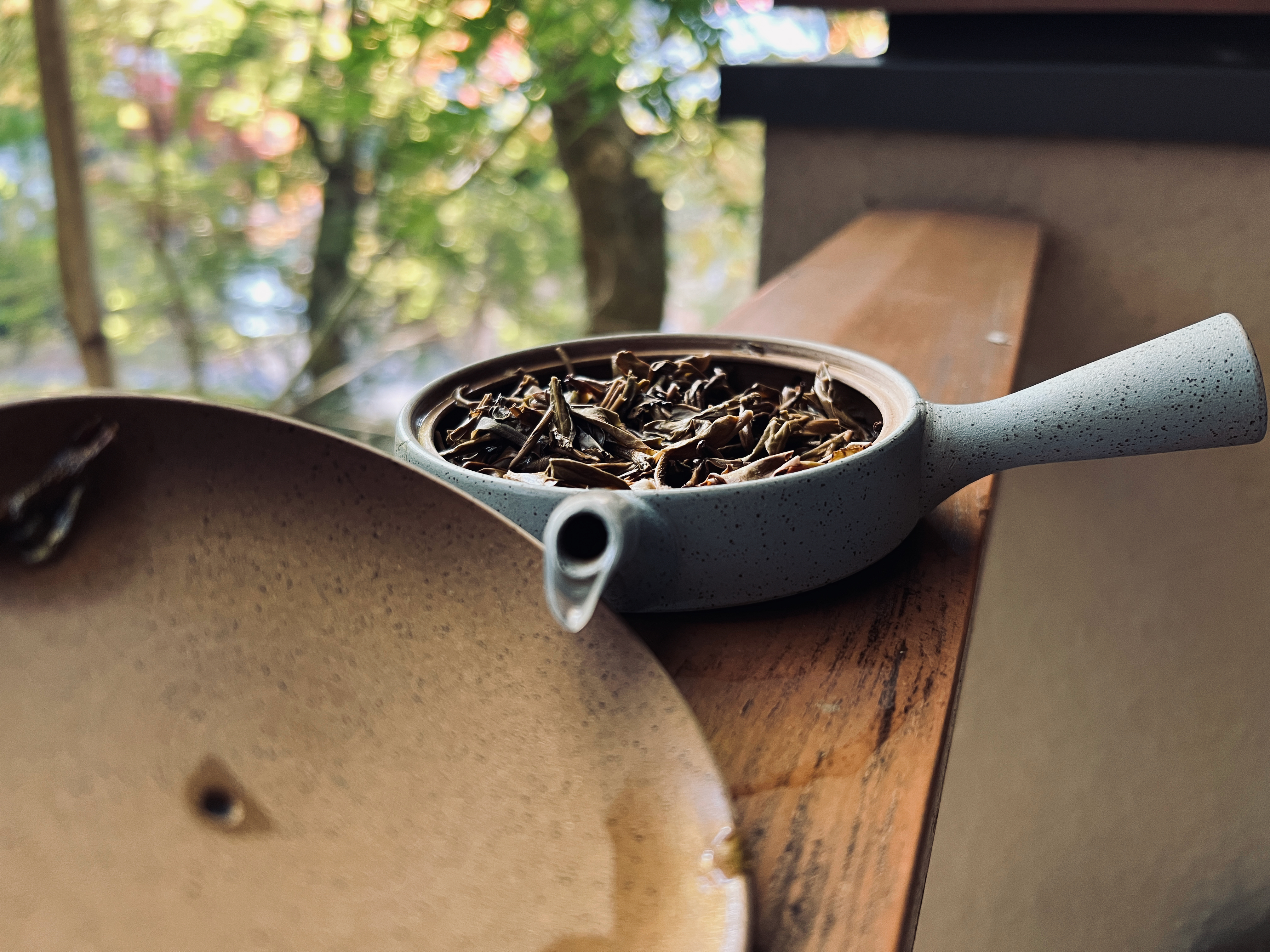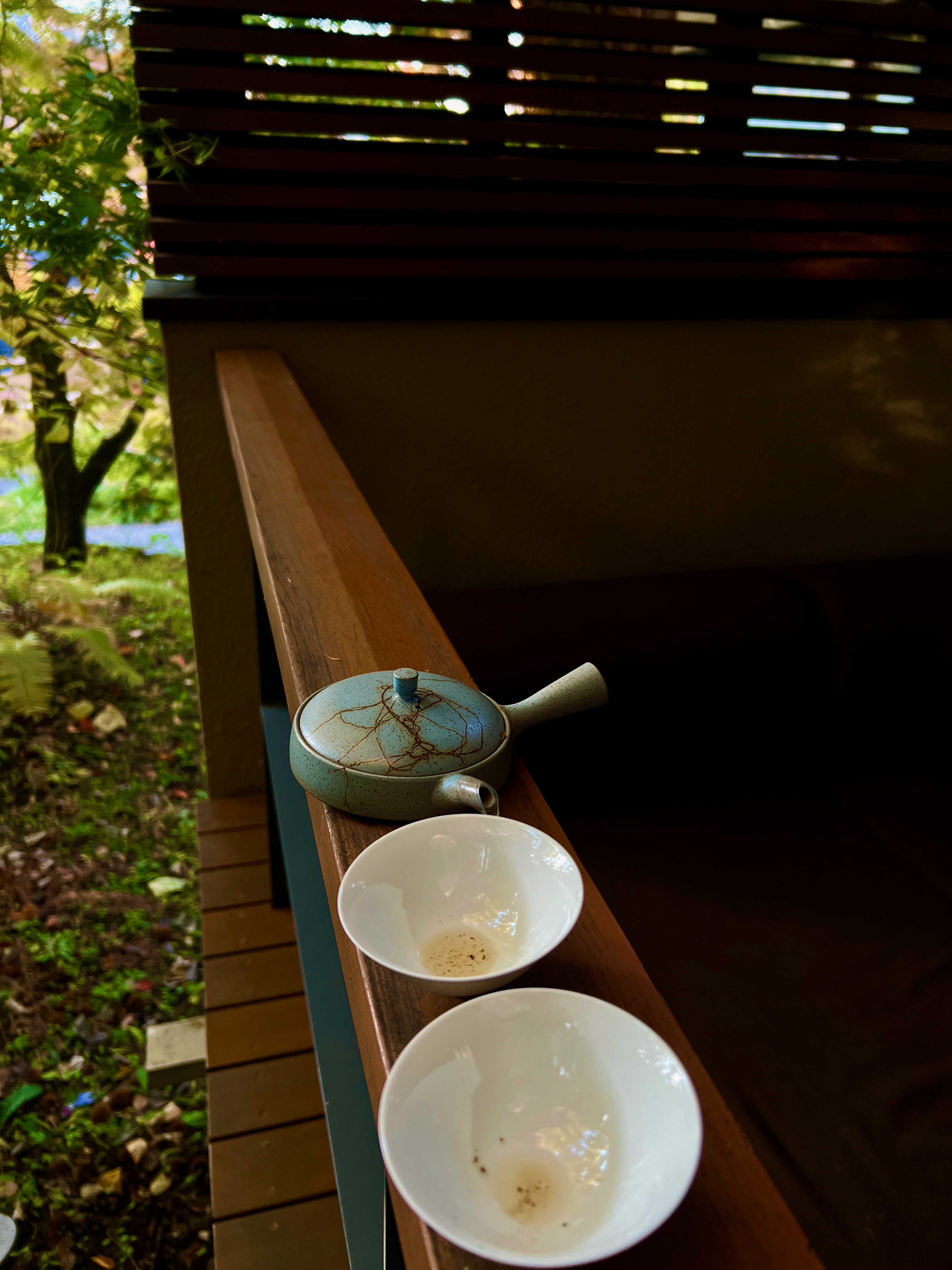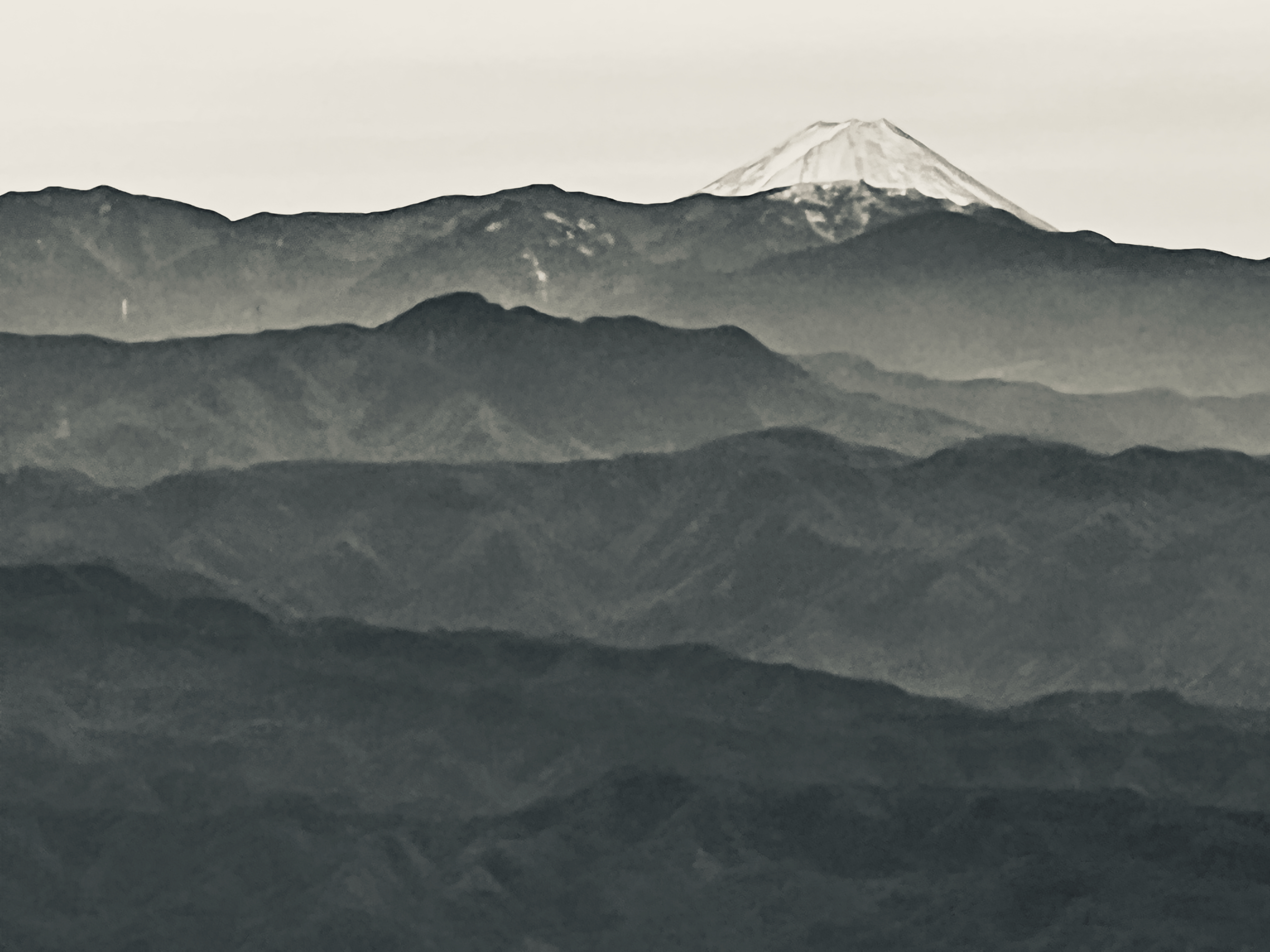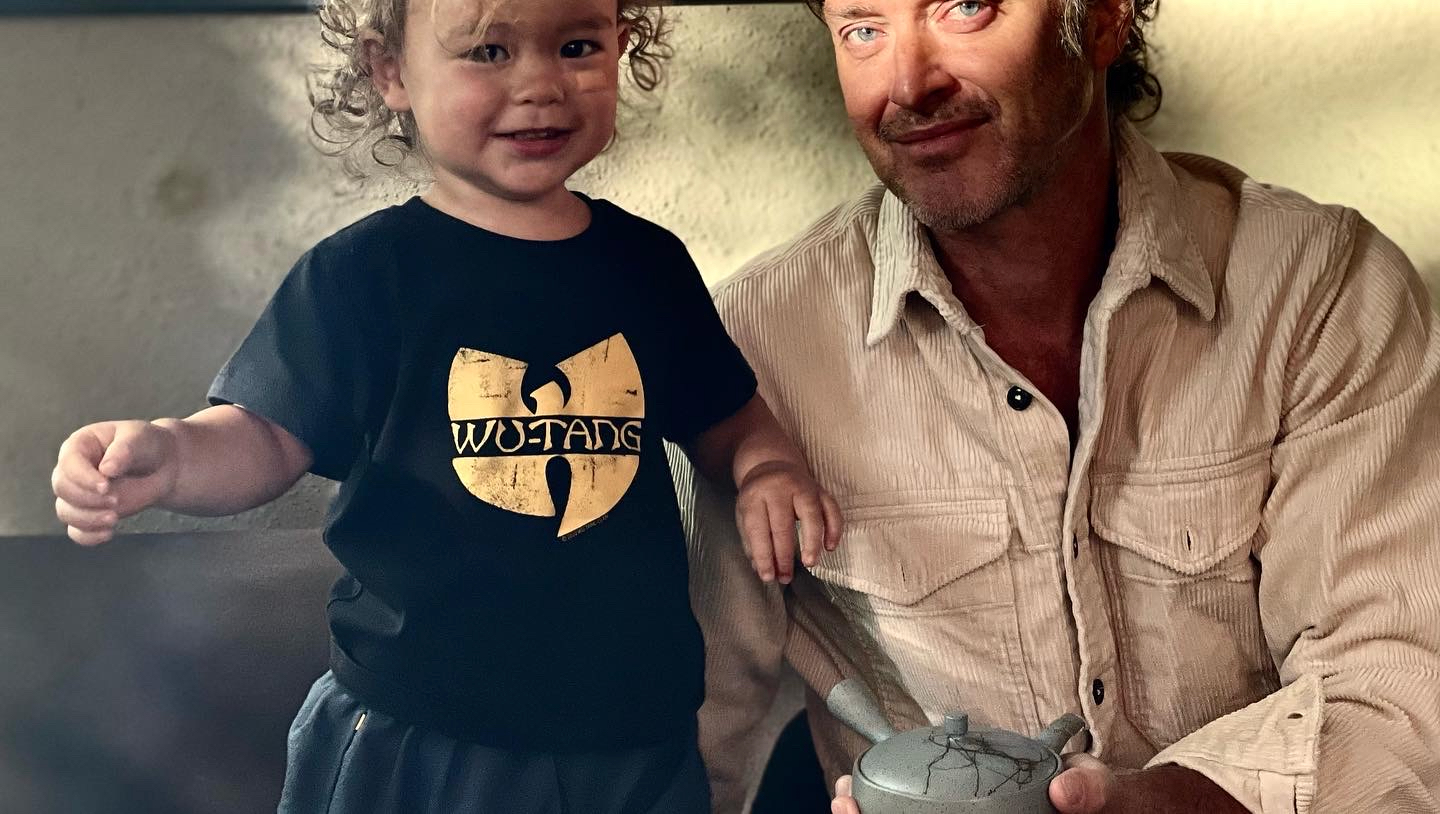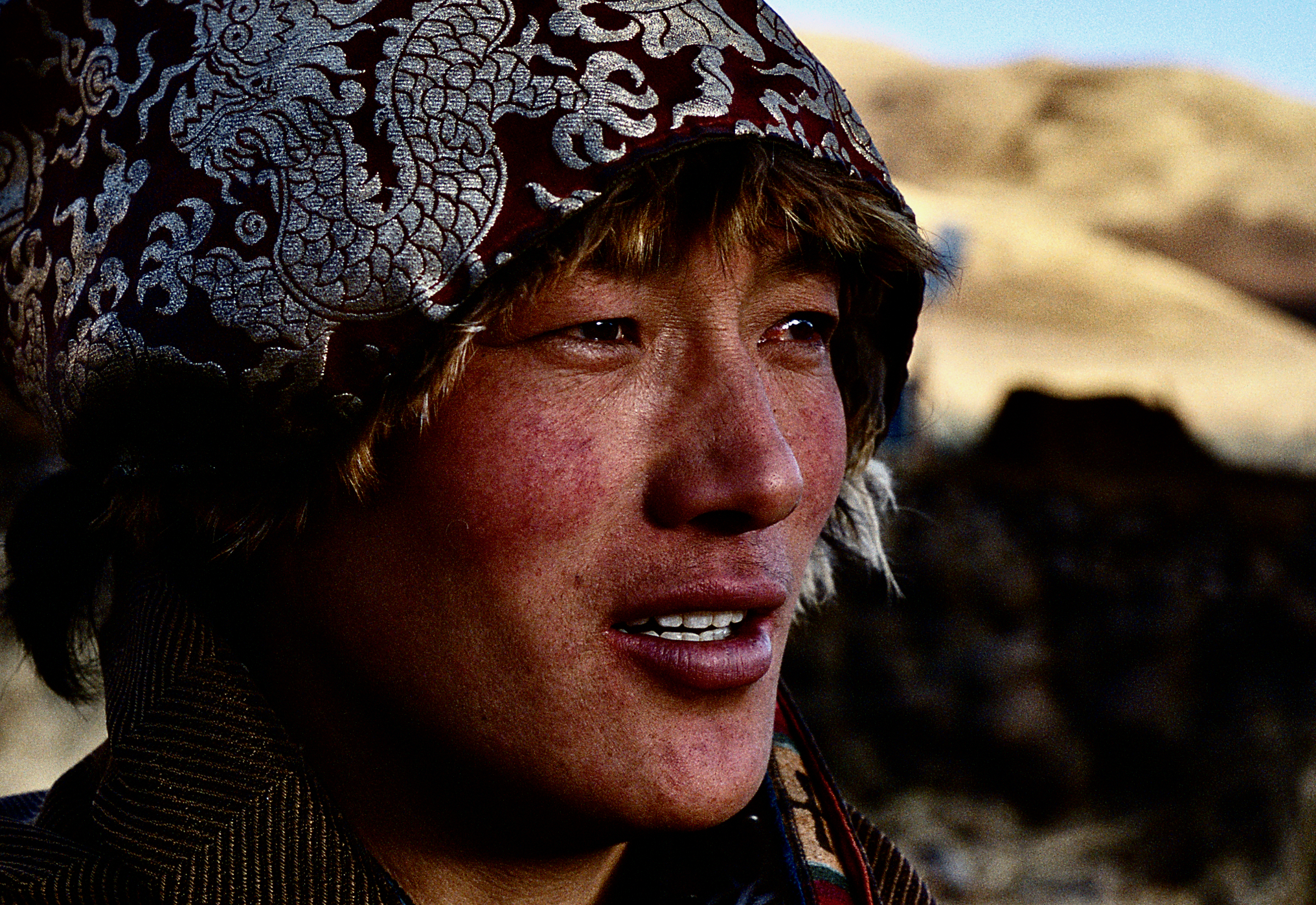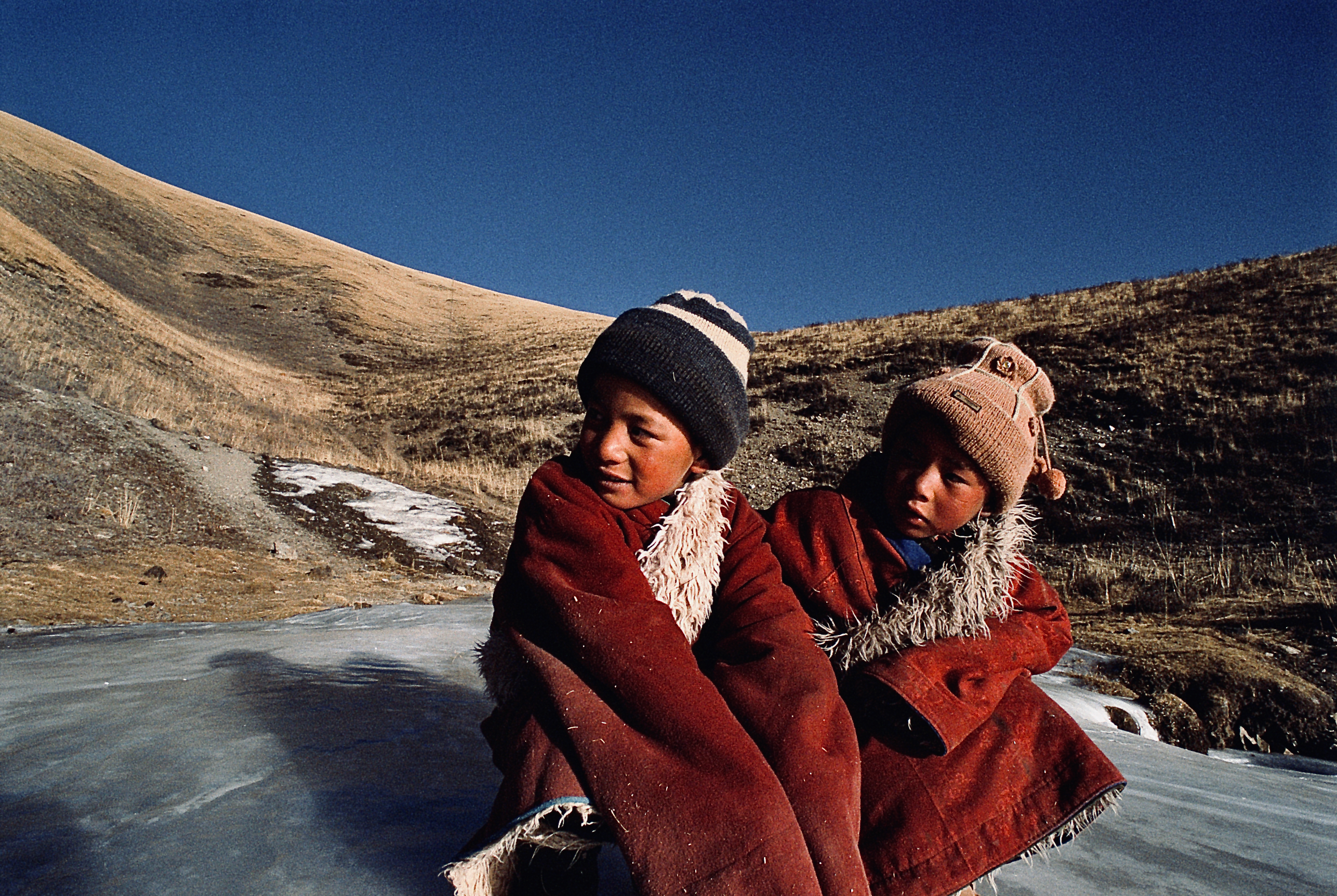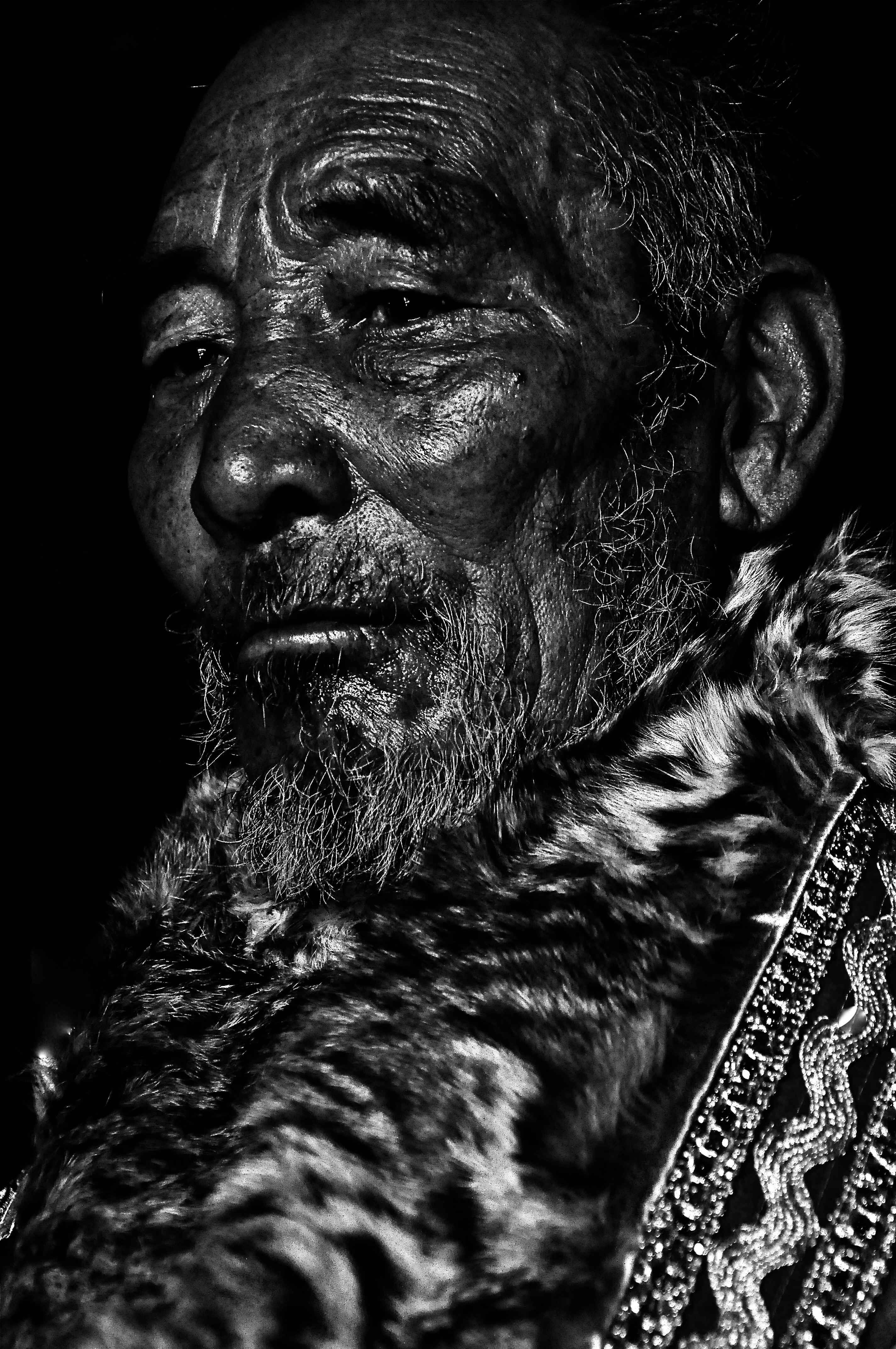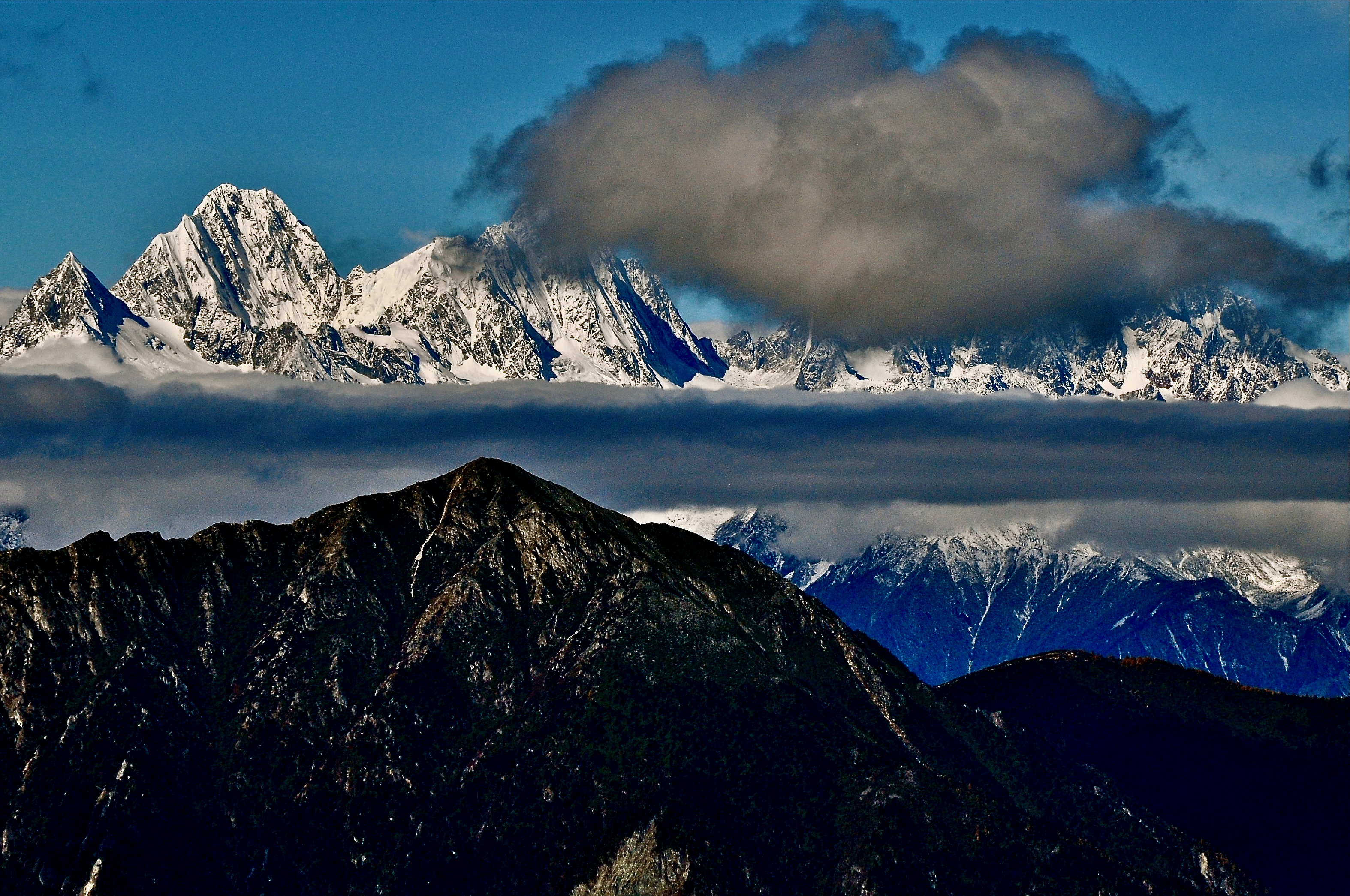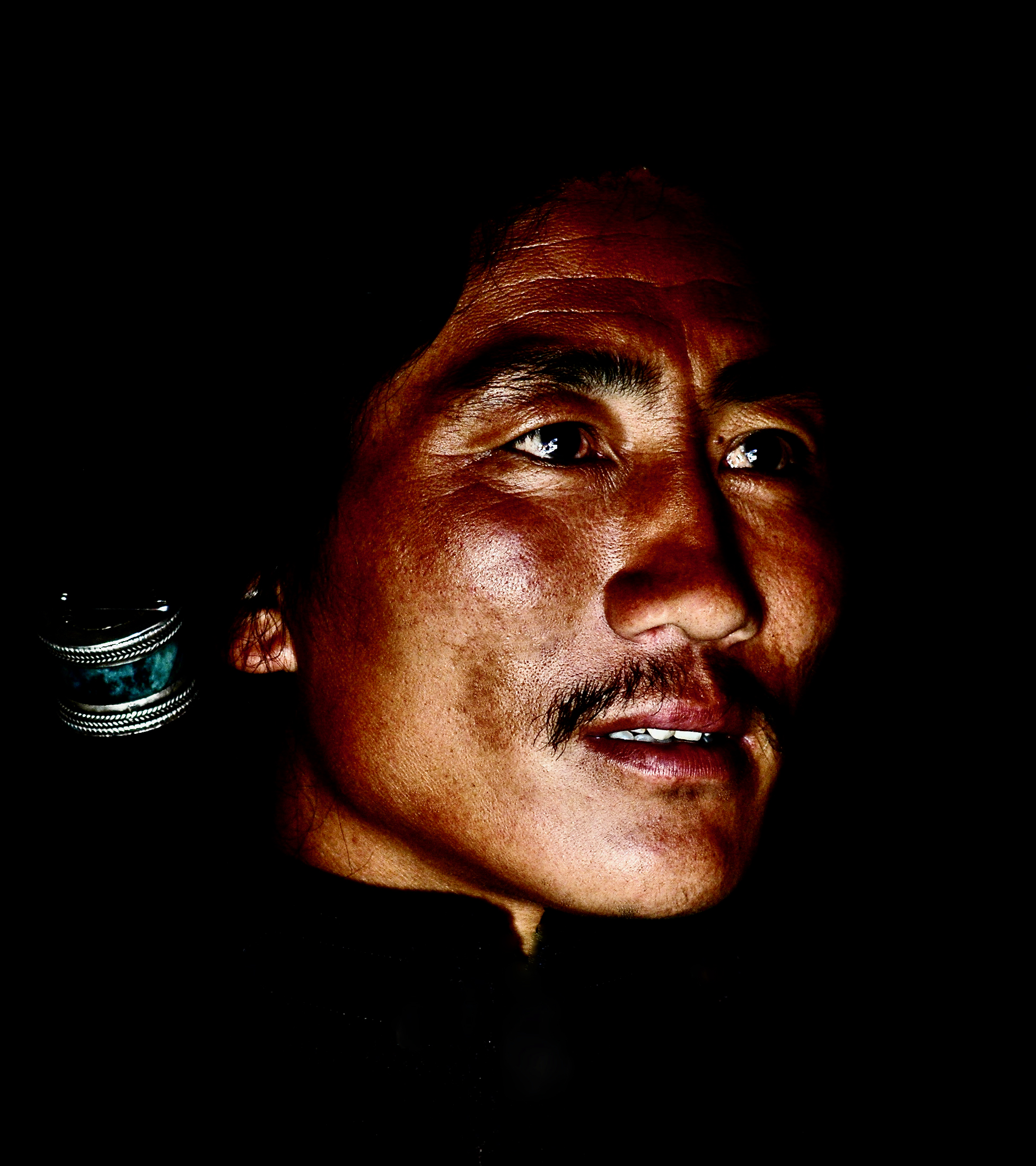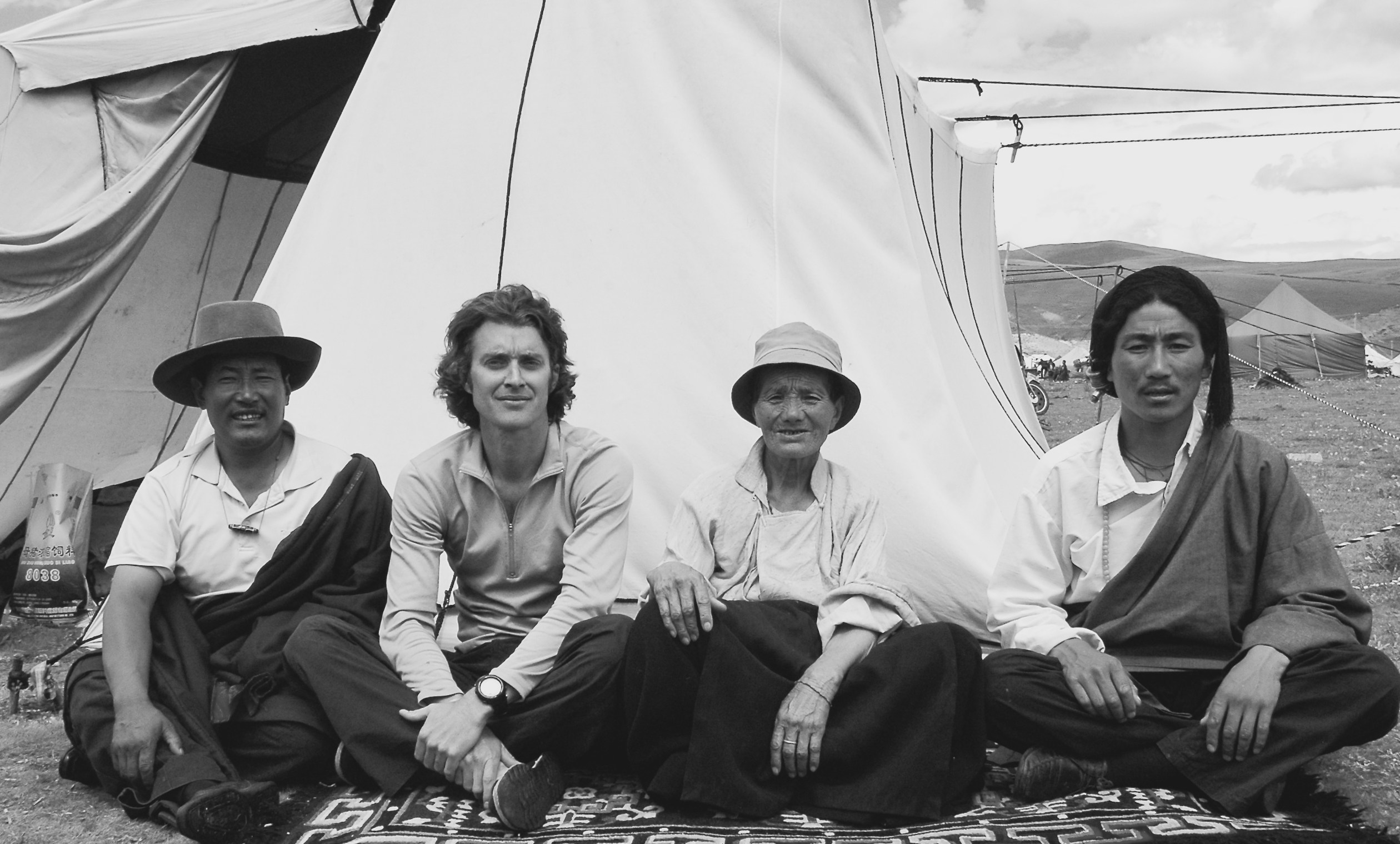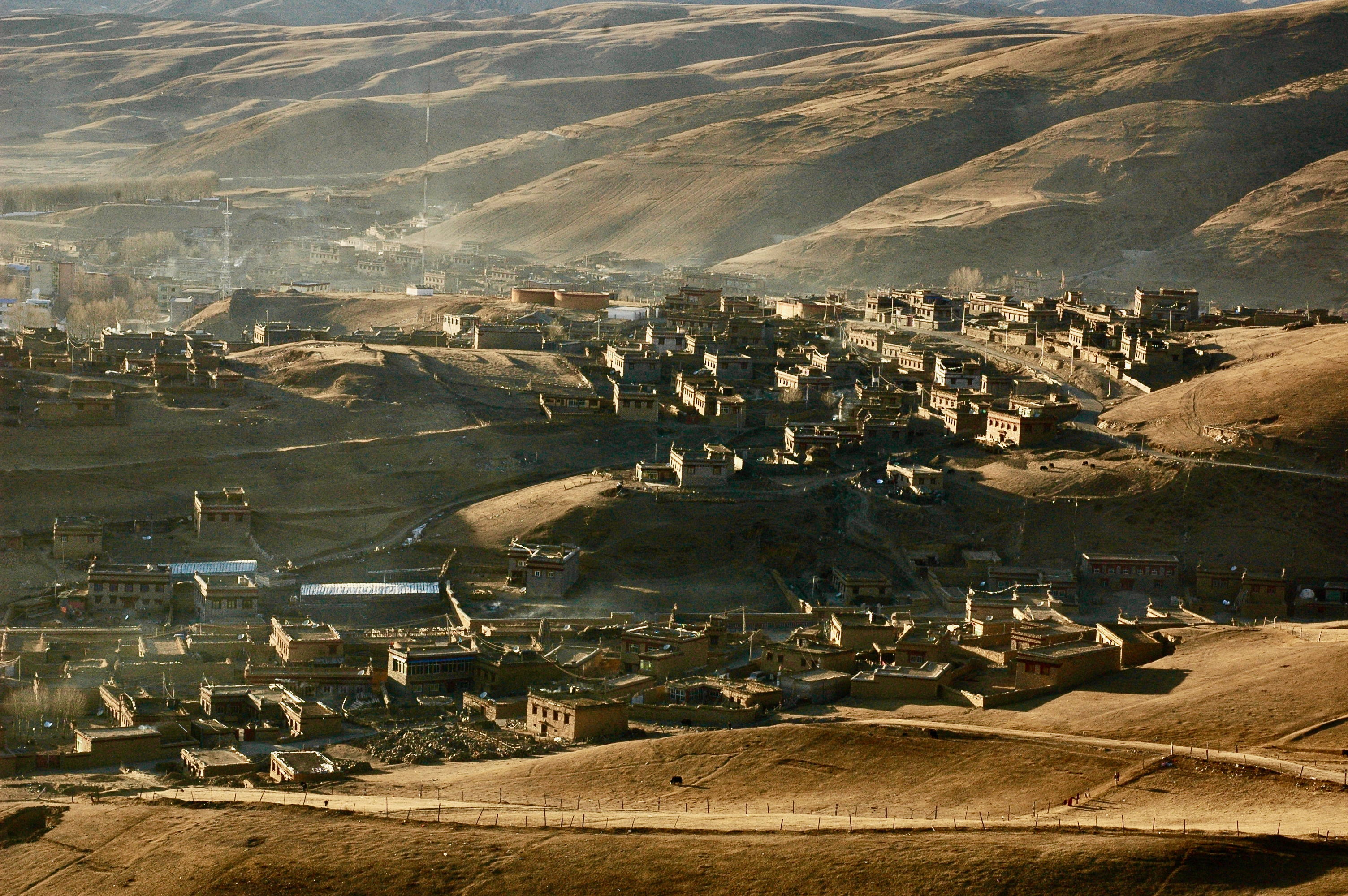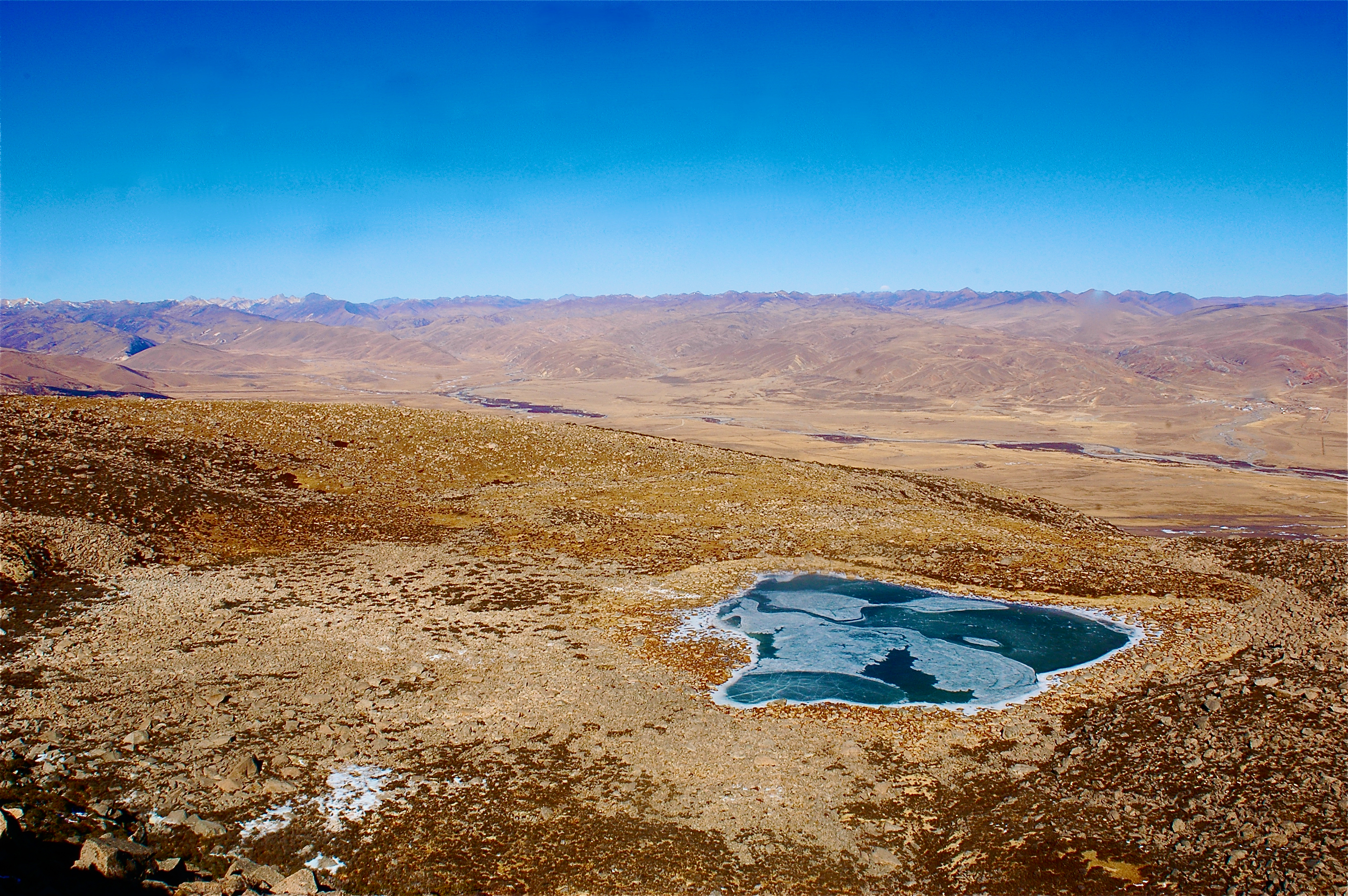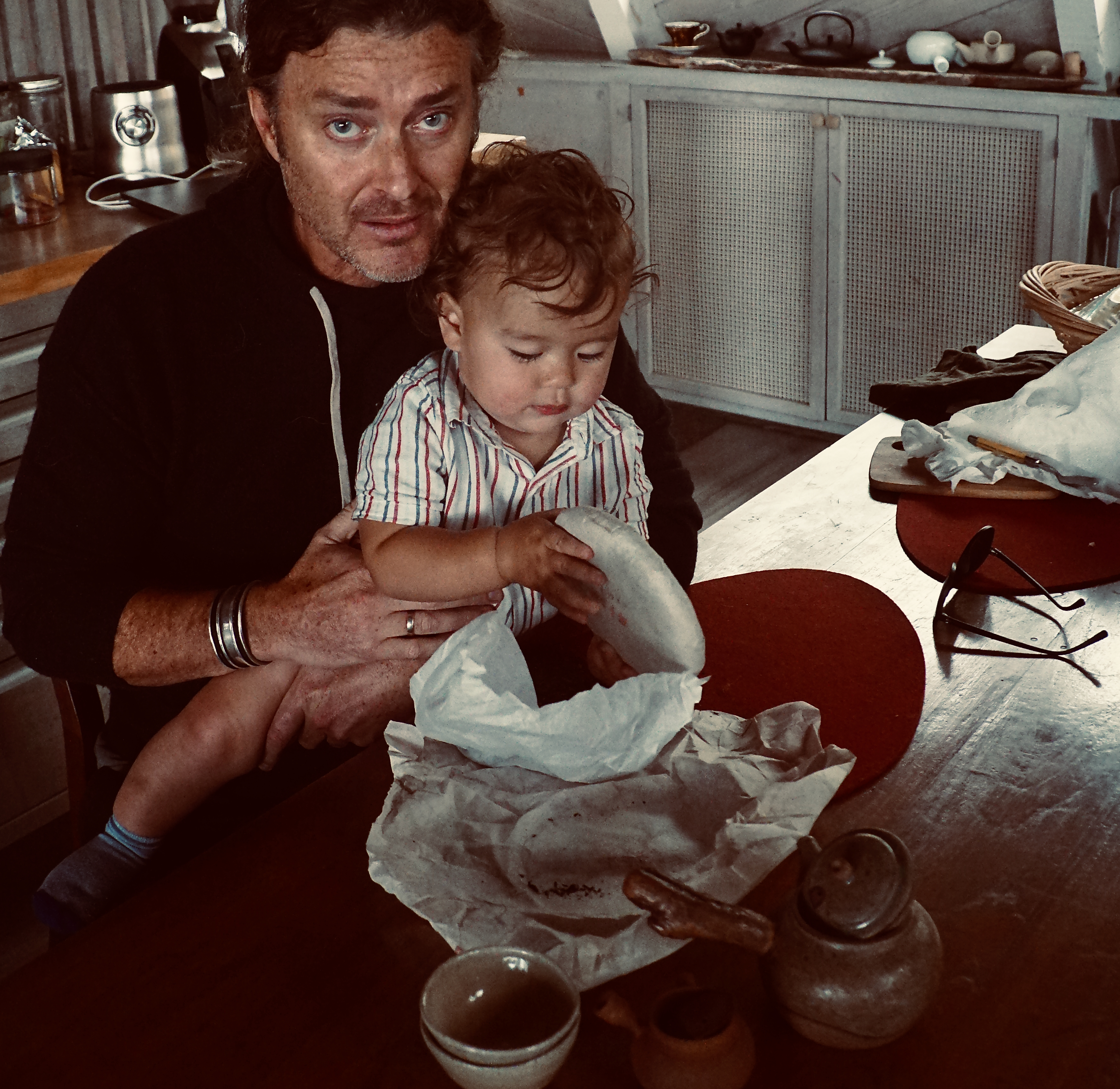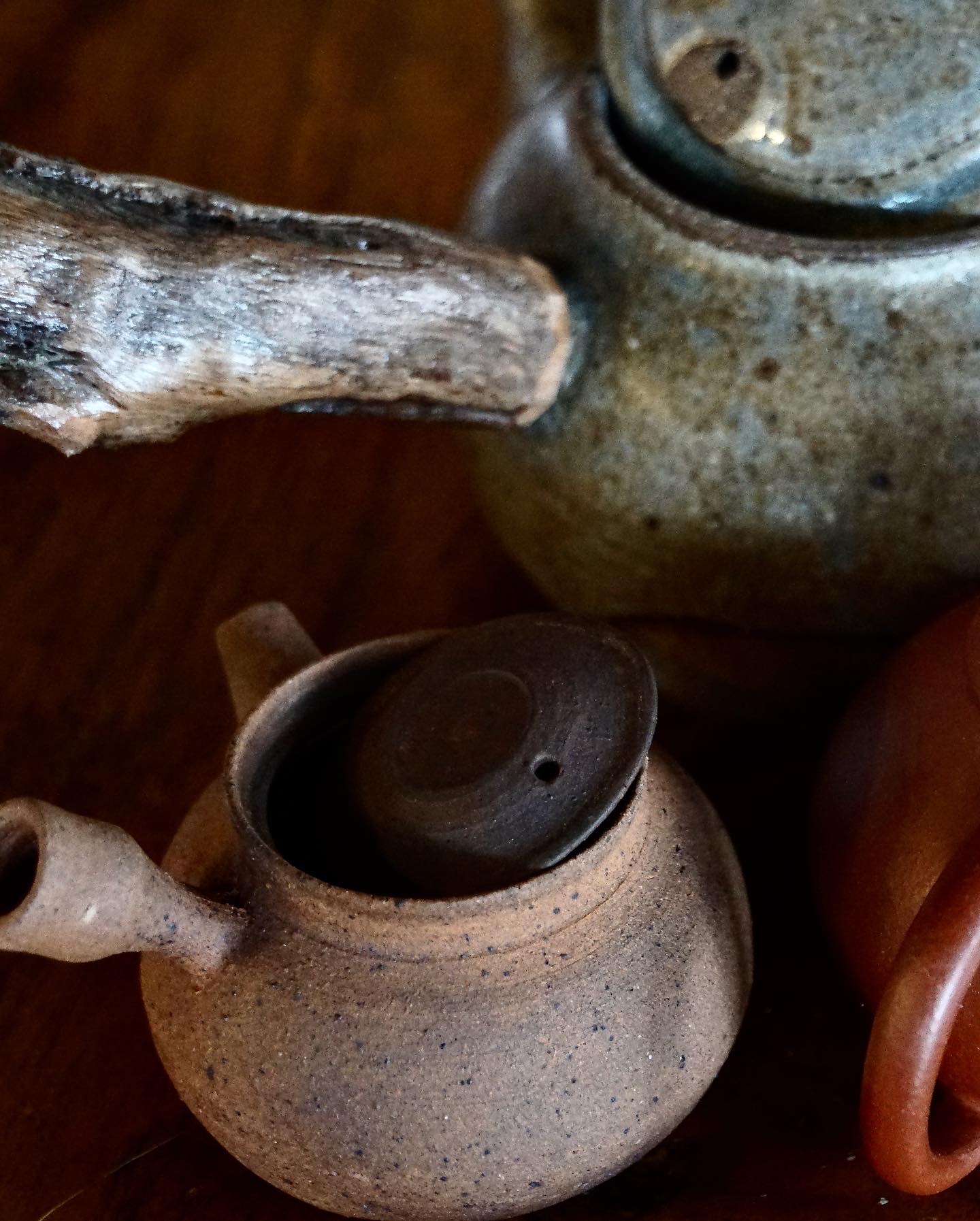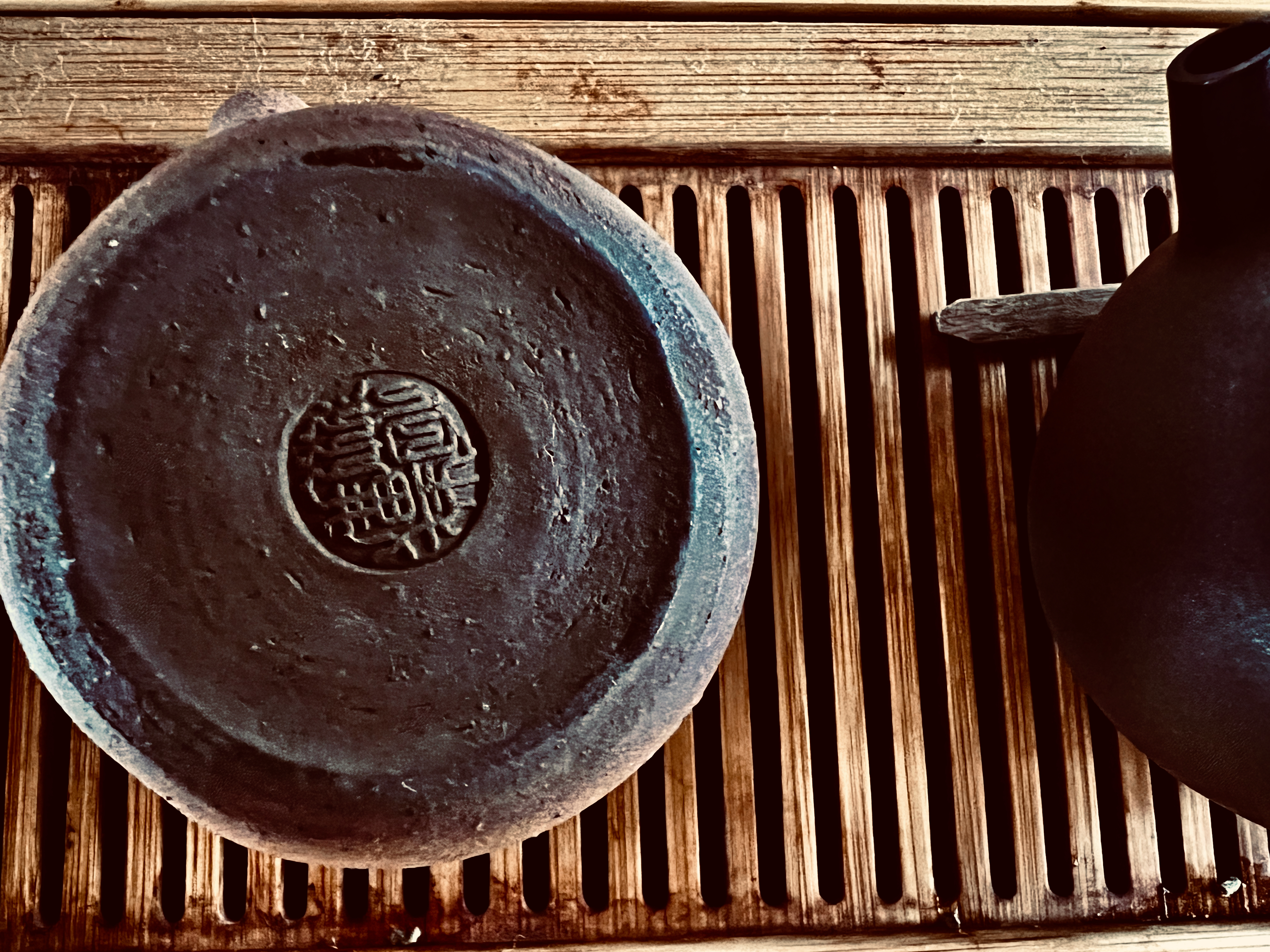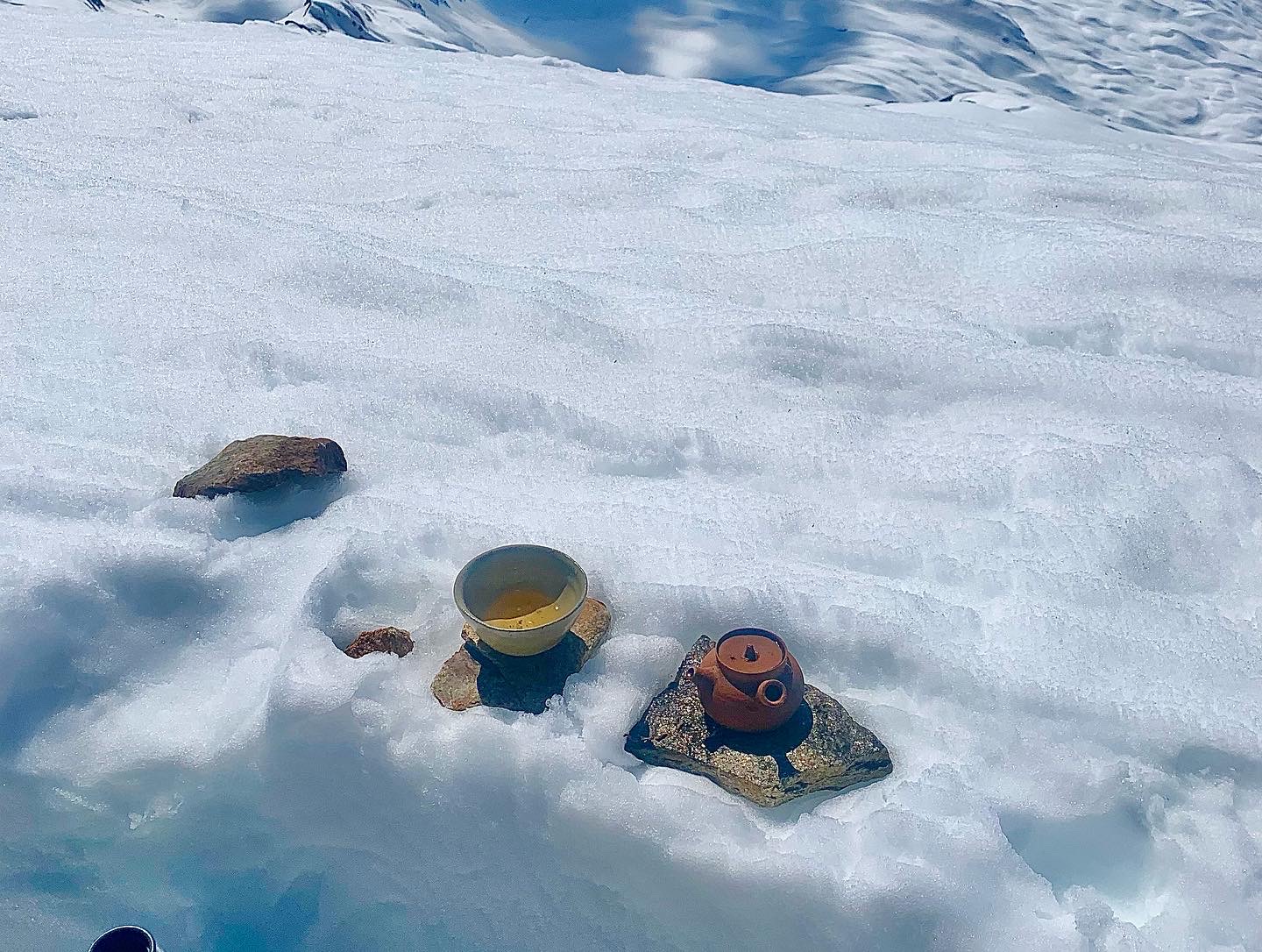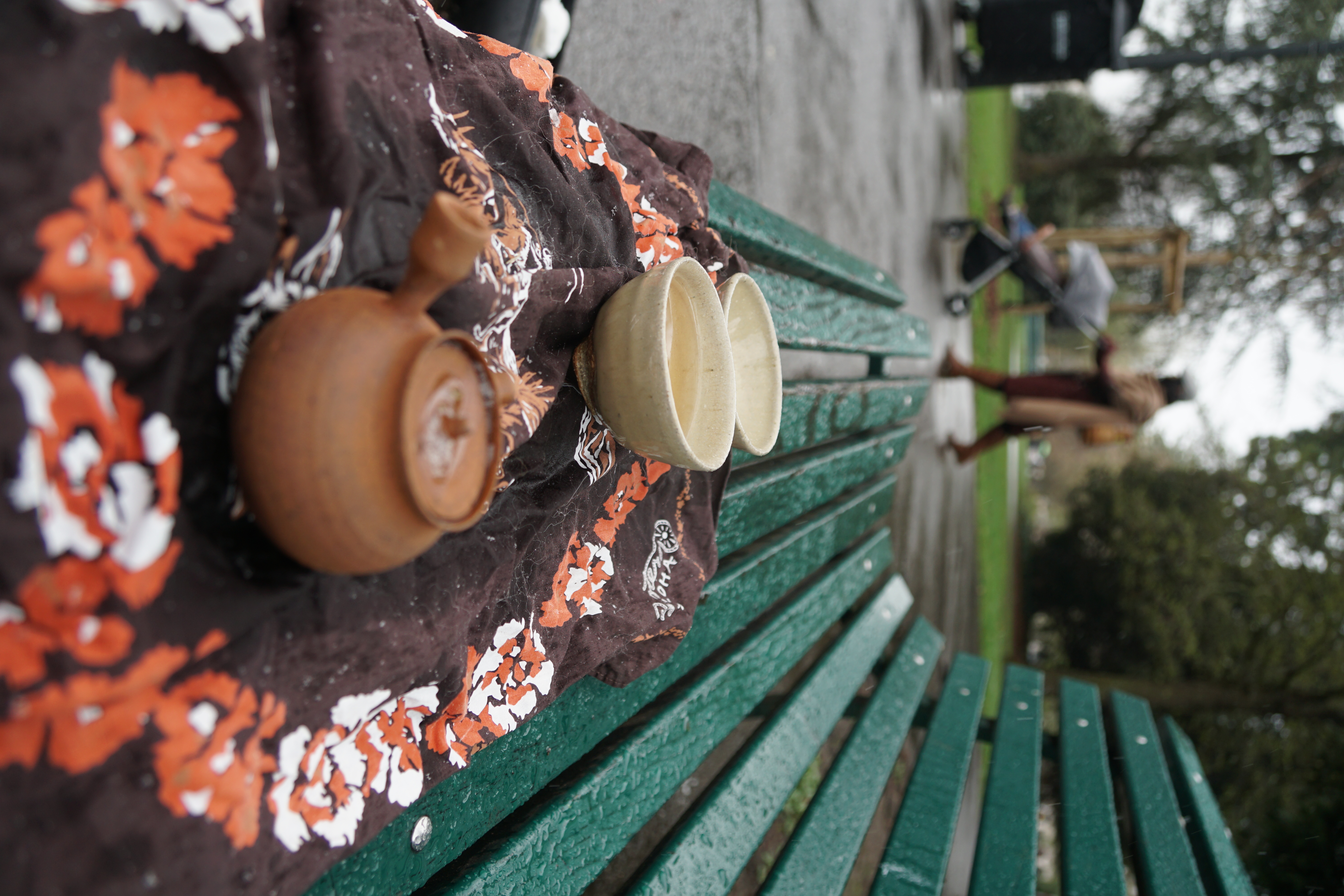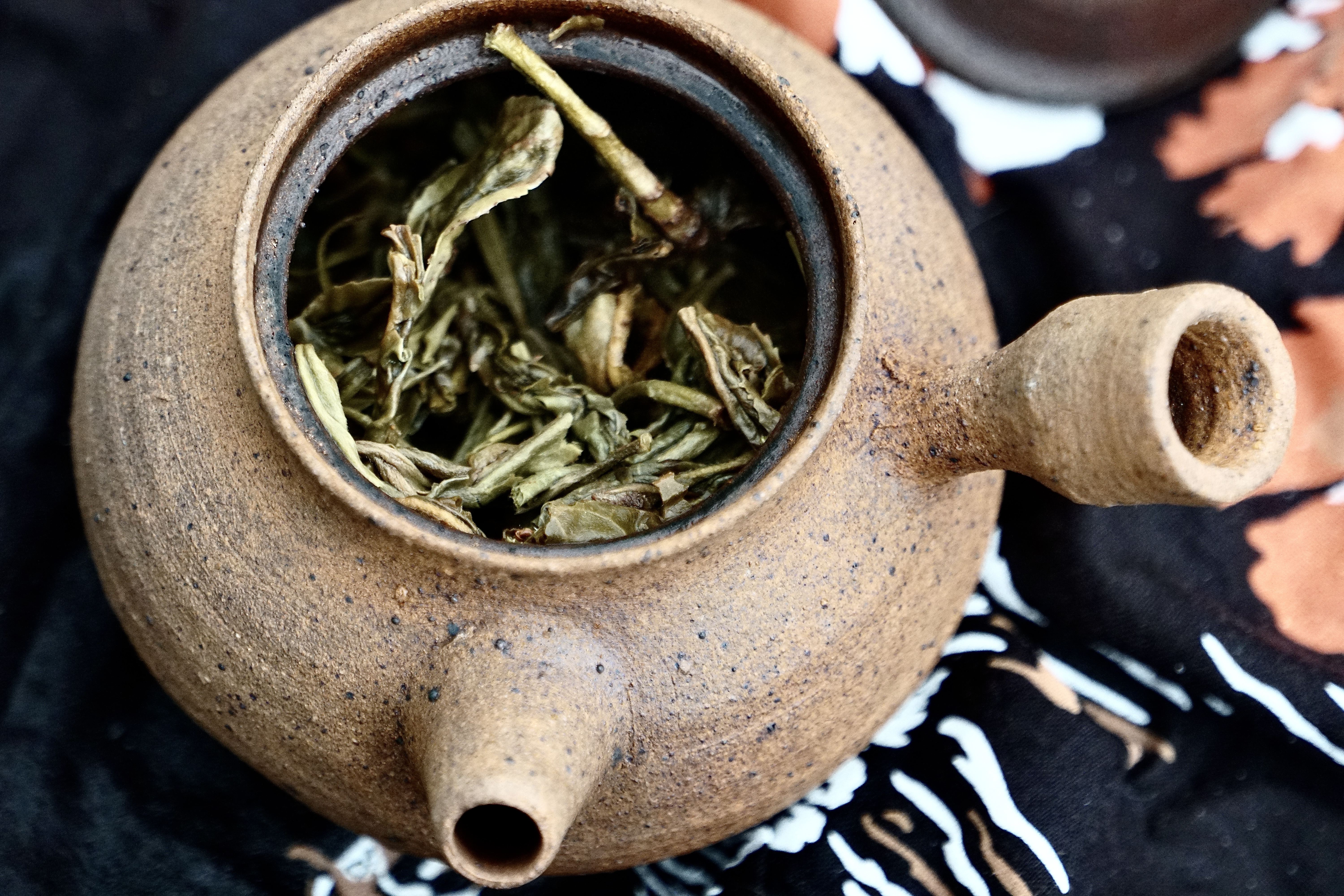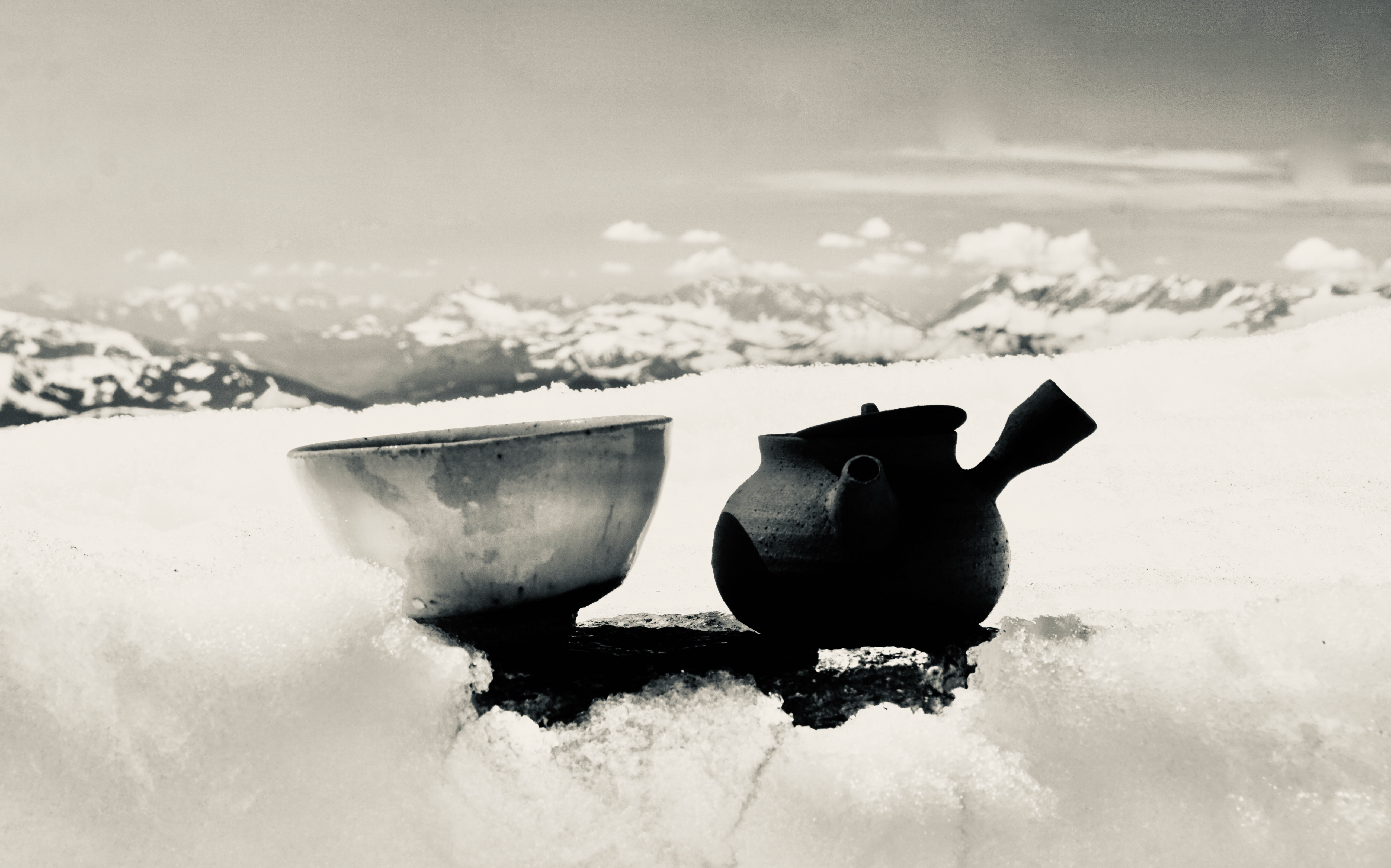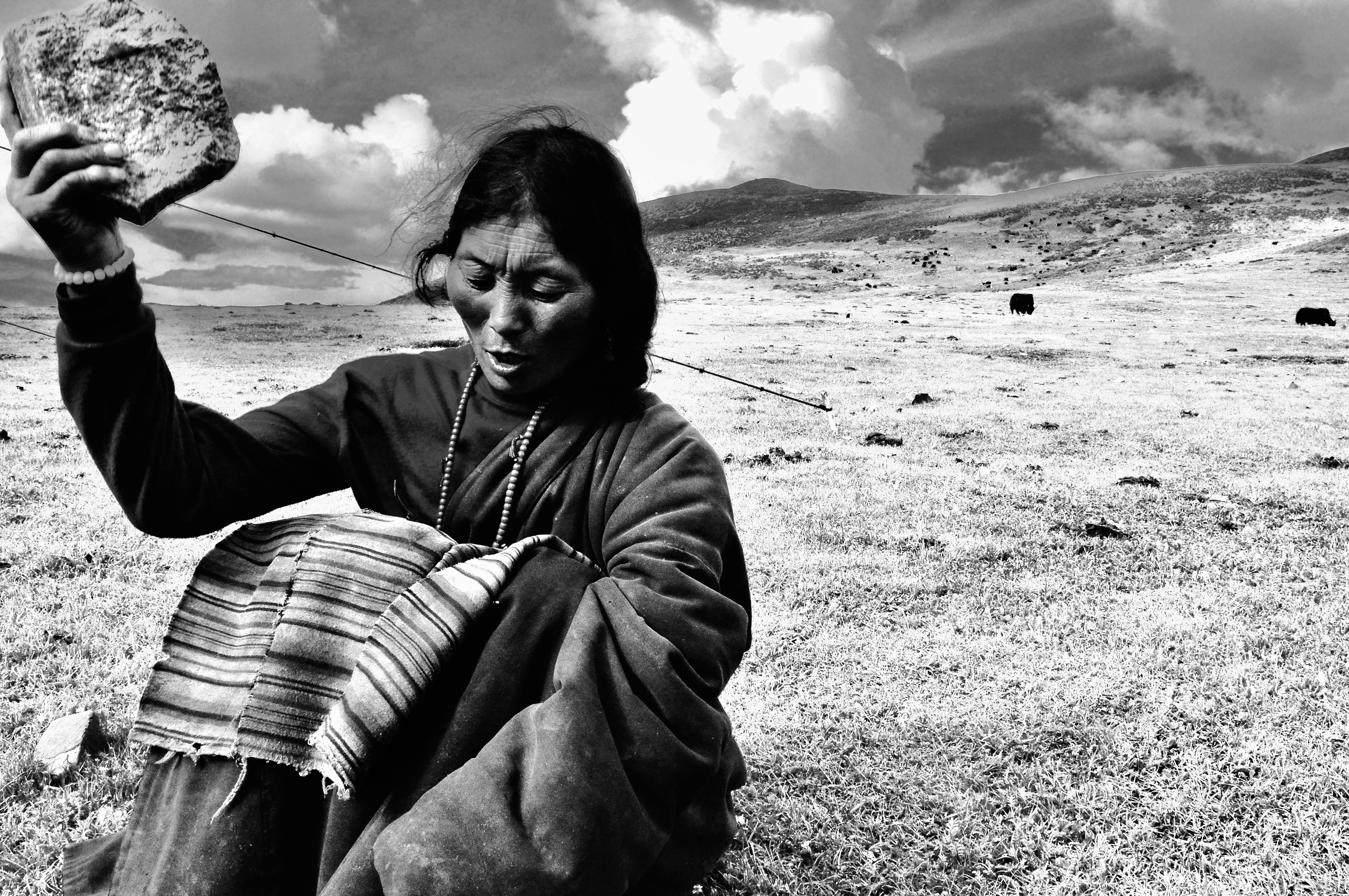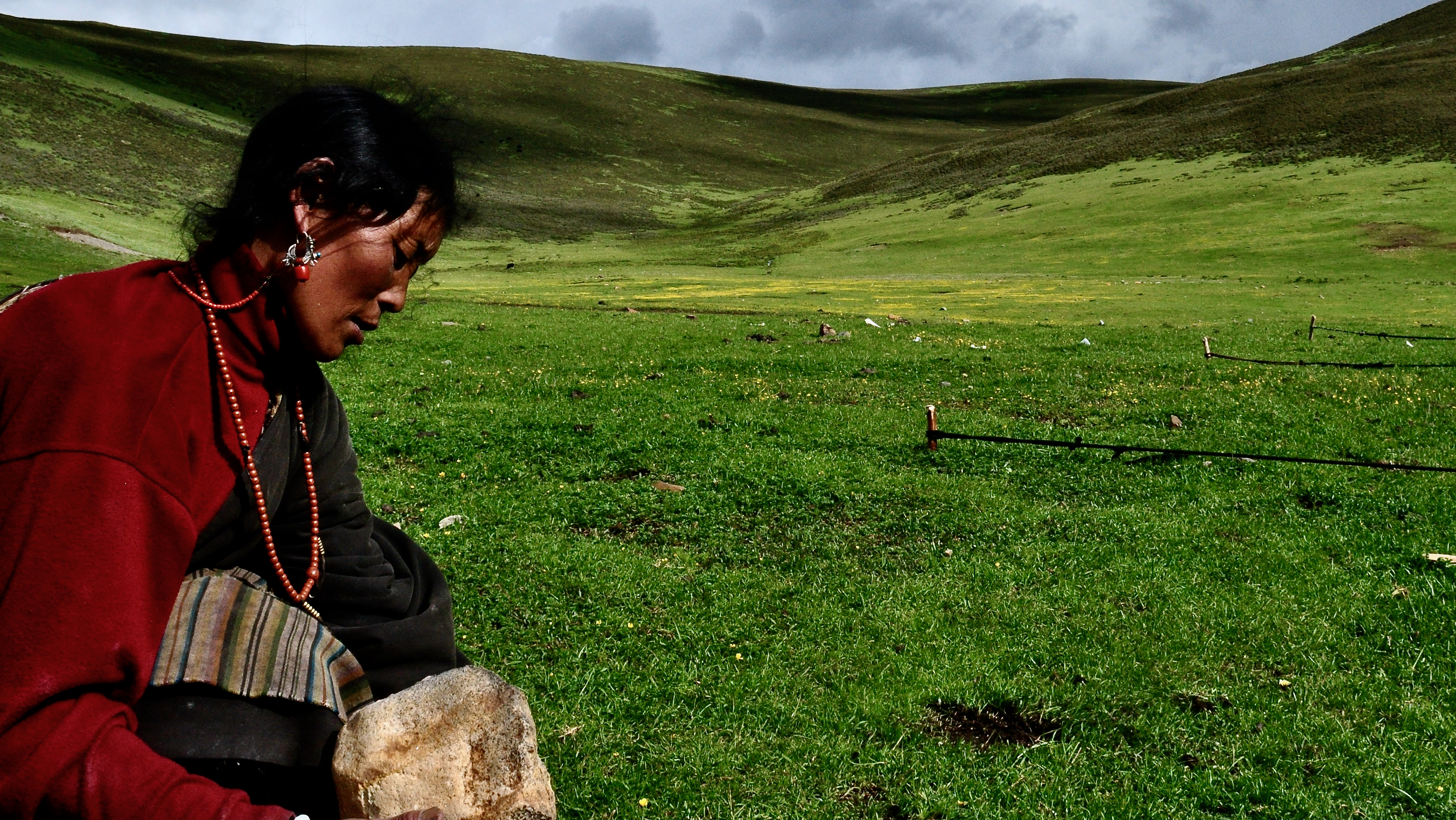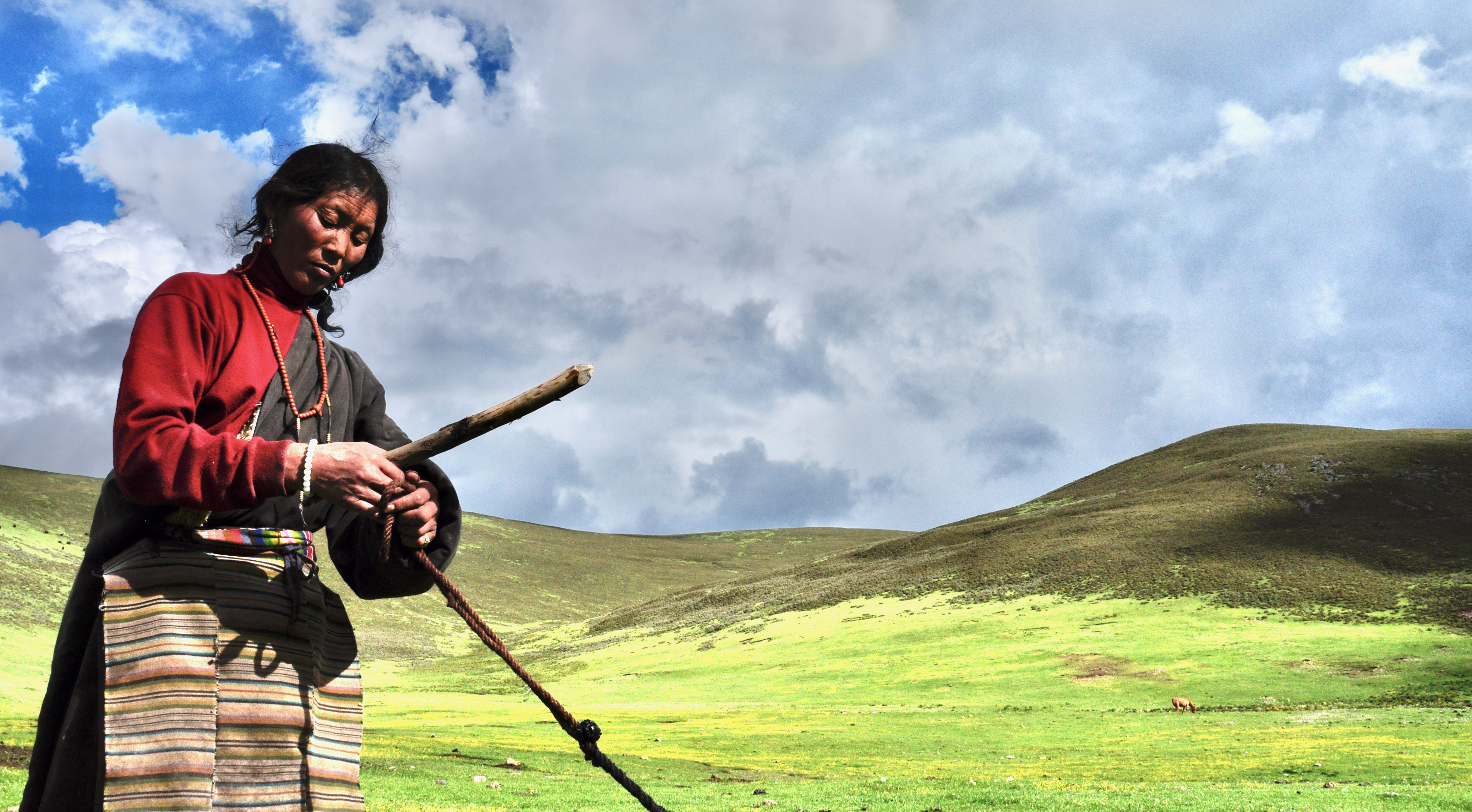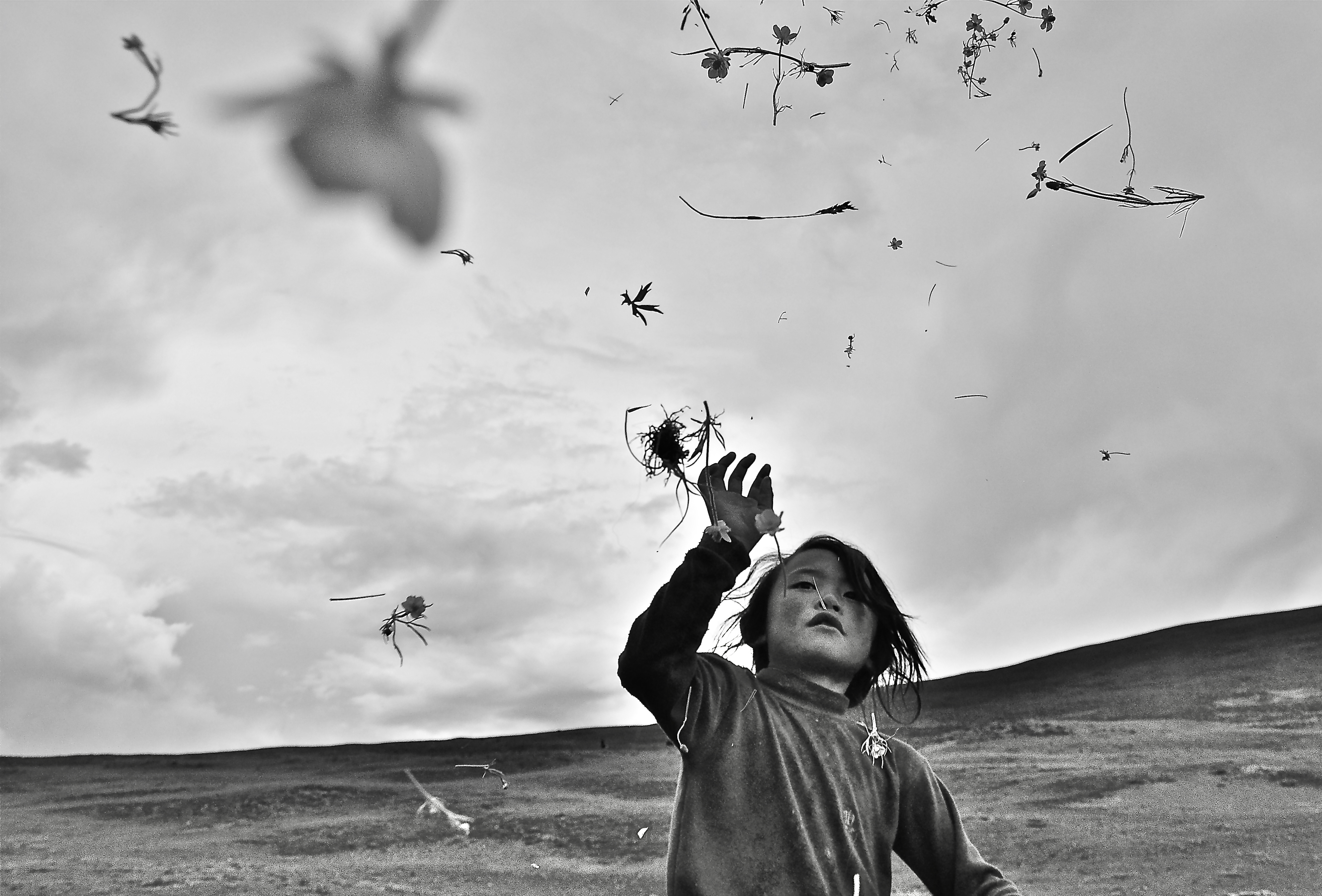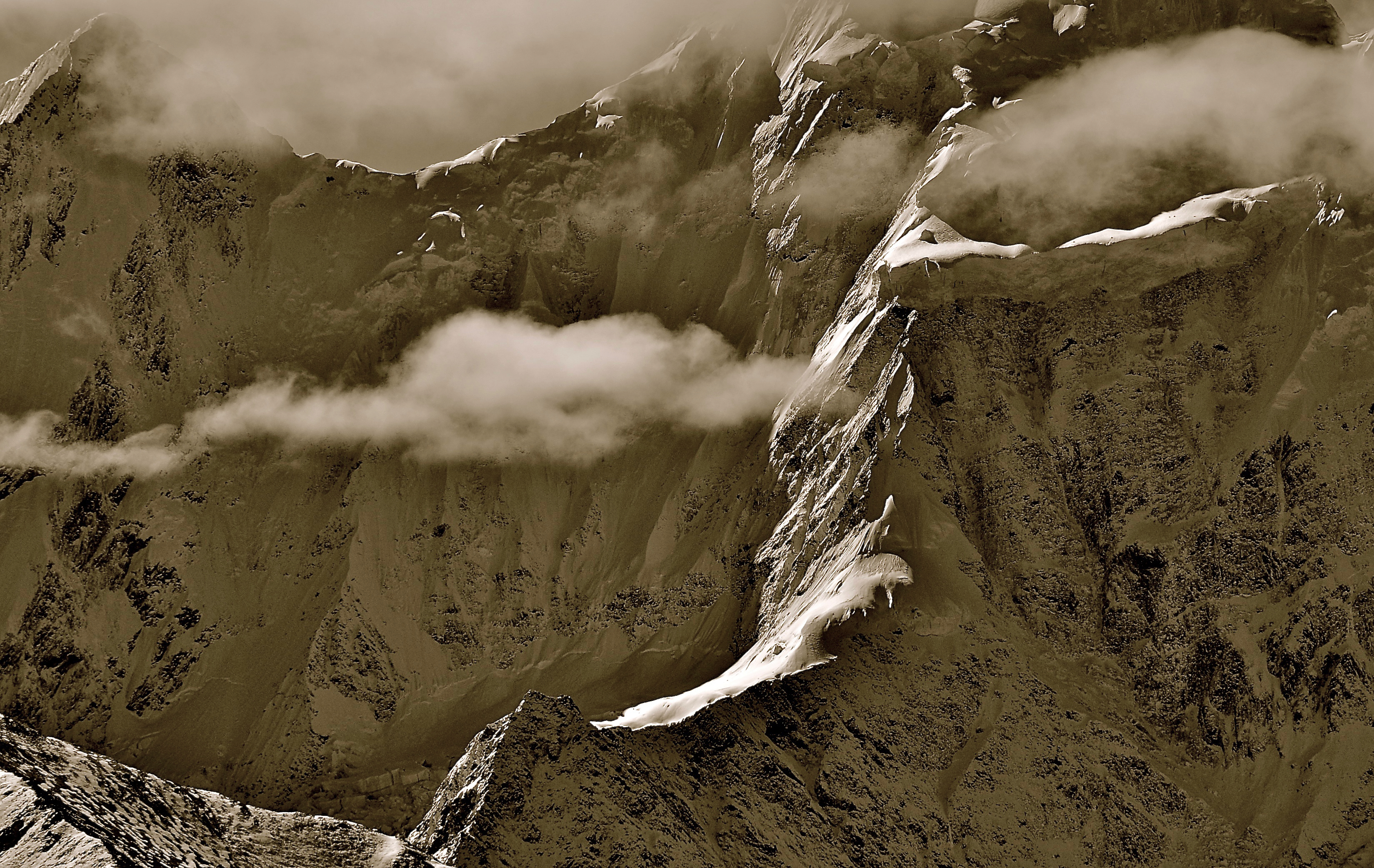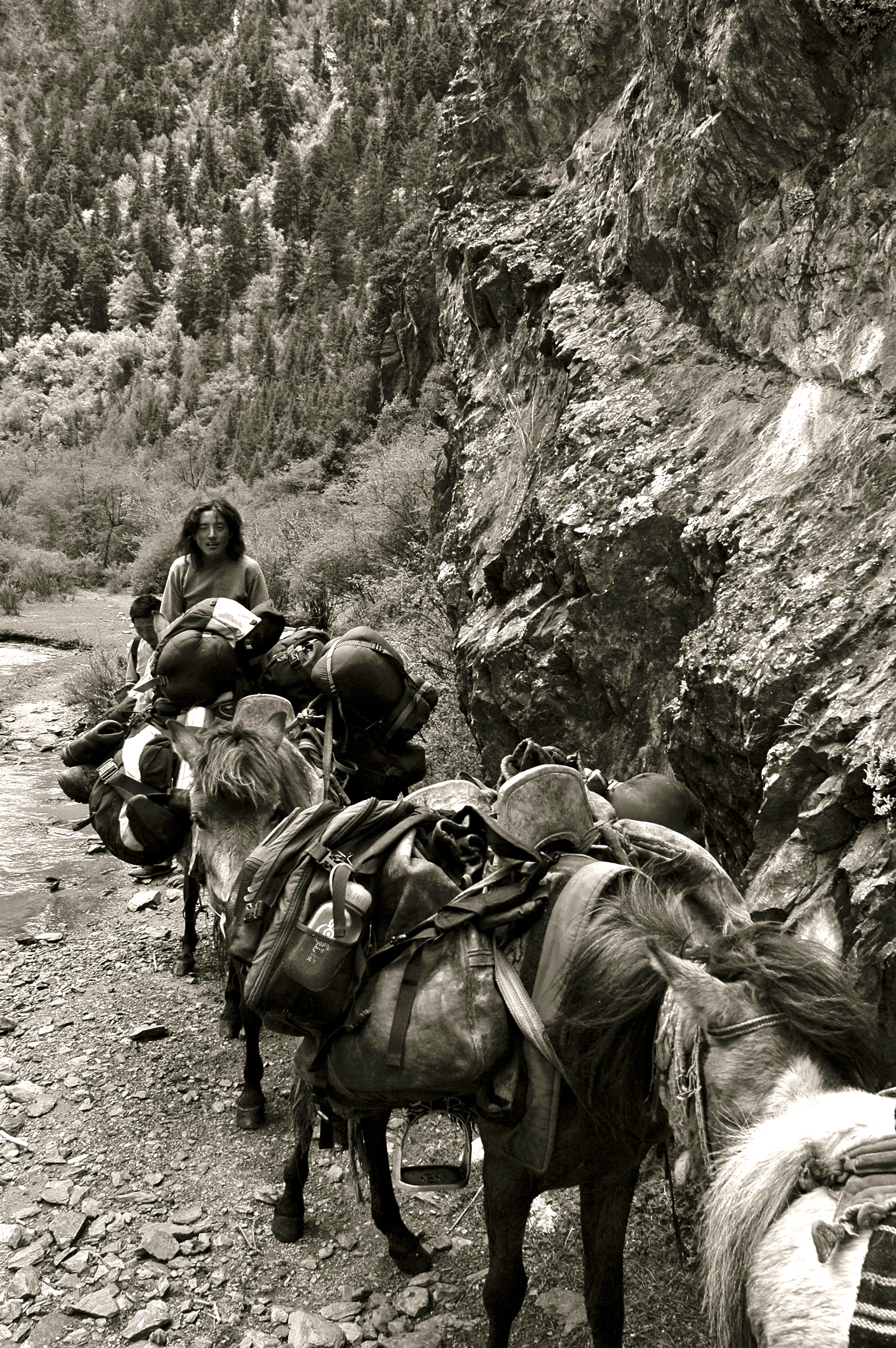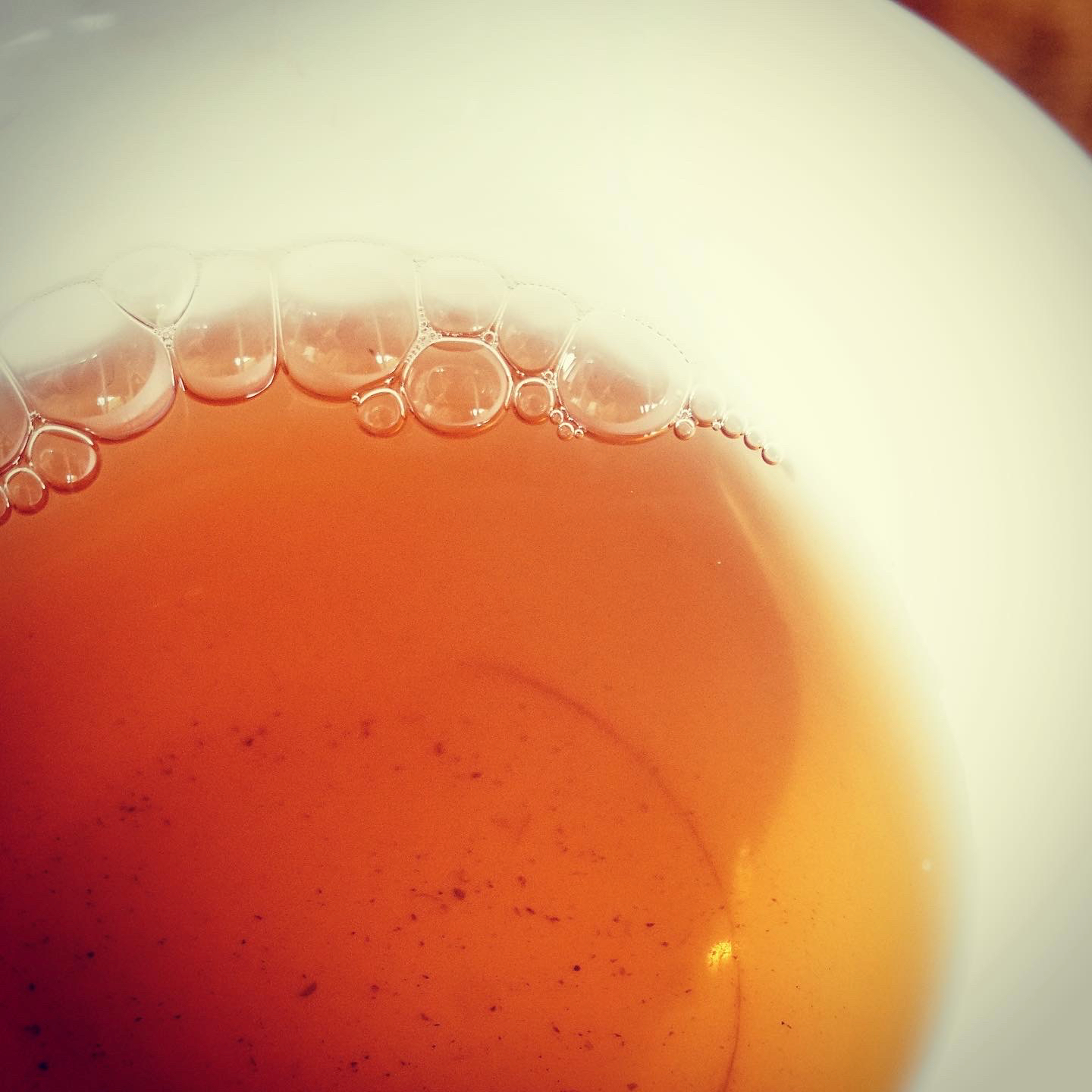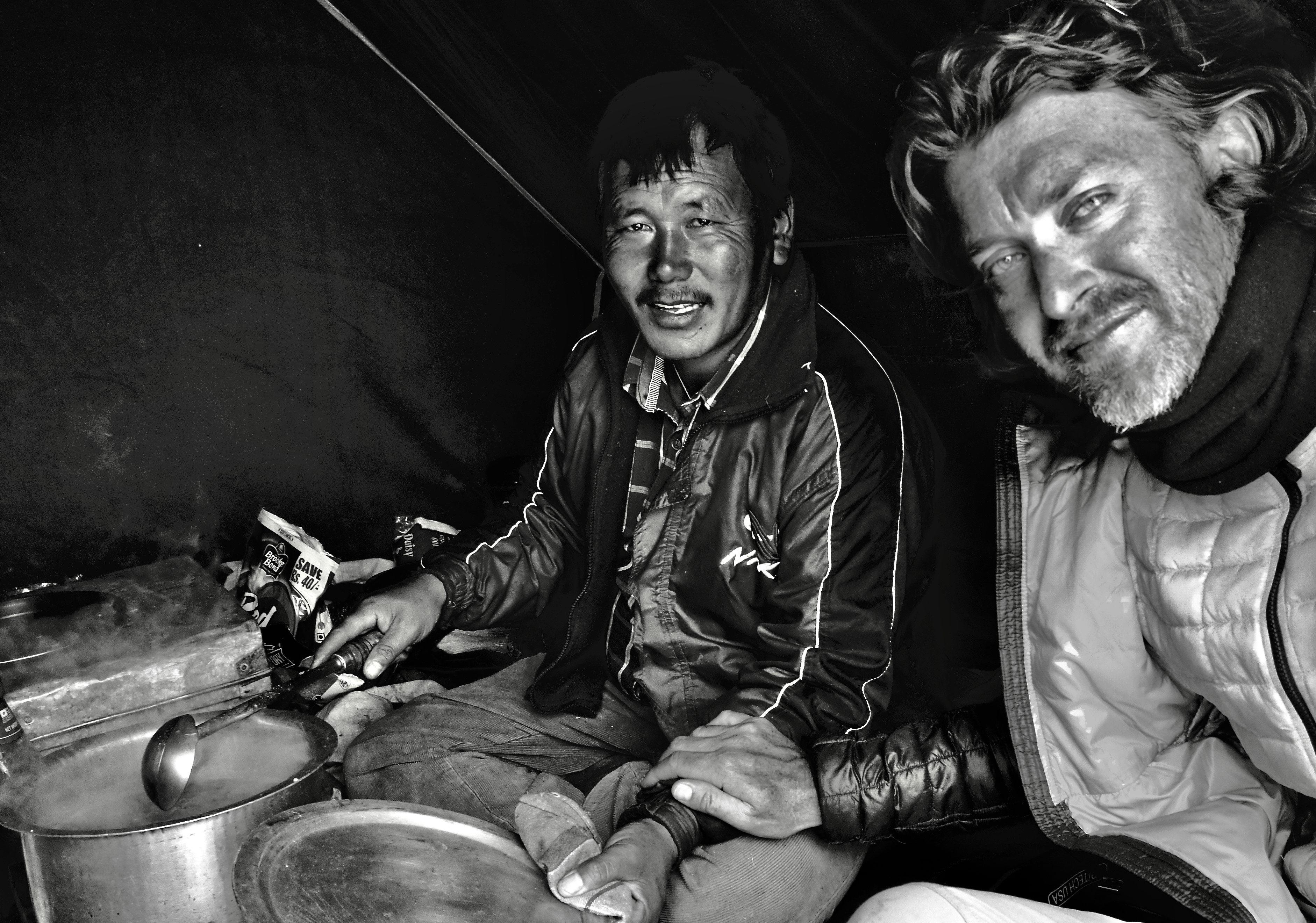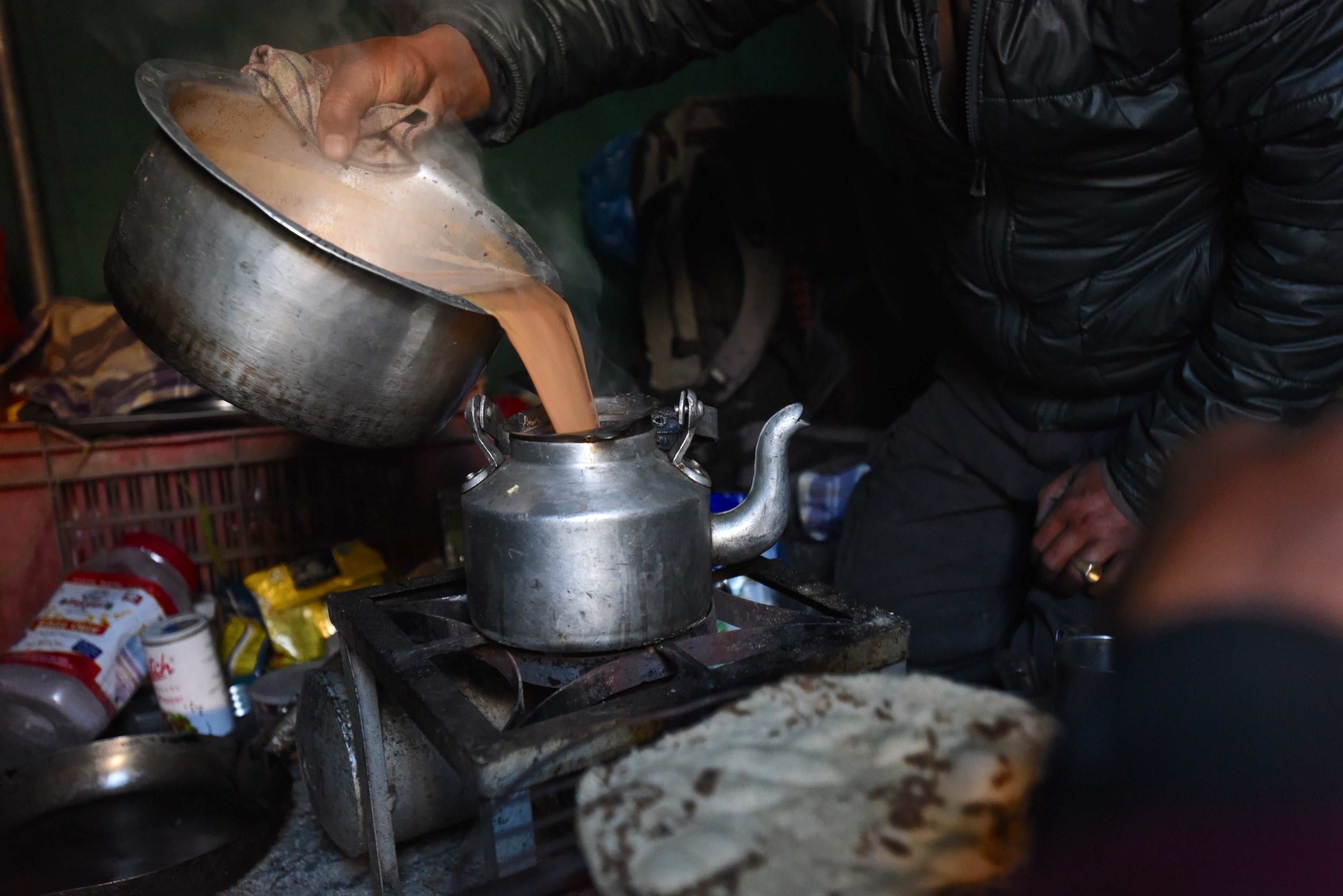Seiji Ito’s Clay – A Tokoname Blue
Lobsang – On Water in the Himalayas
Time with Tseten – Tea Horse Road Trader
We sat in the dark gloom of his home, with a bit of lukewarm butter tea roaming around our hands. Another of the remaining legends of the days of trade and odyssey journey-making along the Tea Horse Road, Tseten was slow but steady to warm of the times and tales of his time along the great trade route. One memory spoken would unhinge another, which would lead to more meandering tales.
It was like this with many of these remaining participants of life along the Tea Horse Road. Stories started slowly and triggered a memory strand that in turn would lead to another. Hours and days could pass uncoiling the past. Tseten was ill during a visit near my old home of ‘Gyalthang’ (aka: Shangrila, Zhongdian, Jiantang) in northwestern Yunnan, but it didn’t prevent his old engine of a heart to rise as we sat together.
The great expanses of the Himalayas remained prominent in most of his tales and how they instructed, wreaked havoc, and formed bonds. This route and the conversations around it and the times, almost inevitably sparked something epic in people as though travelling back into a rare time portal. It always had felt that the these participants of the route, had garnered some magic dust upon them that lasted. When asked if he would mind a portrait being taken, he nodded immediately and excused himself. He would come back a few minutes later having fixed himself up. He was ready and he was stunning.
Tseba, his Tea, and the Walk(s)
Tea Pot Travels – The 90 ml in Europe
It sits amidst 5 other clay pots that are used daily. The lid is never shut tight but rather it sits ajar on top of the little 90 ml tawny rough and unglazed tea pot – it is a little ‘note to self’ that it is a tea pot ‘in use’. It is alive and in the ‘present’ tense.
It was also the first piece of tea kit that was packed and wrapped up for a recent month-long journey. Since its acquisition 8 months ago, this particular vessel has been engaged and imbued with leaves in a non-stop flow of leaves and infusions. Its intended role was as an ‘everything-anytime’ pot – to be tucked away for journeys, used for a single jolting cup, or simply to gnaw away at the mornings in careful infusions. The caveat is that it is a meagre 90 ml volume size. In my own way of thinking though, it is the perfect ‘traveler’.
For the actual journey, it got gently swathed and layered in a floral gauze from some unknown time and place and wrapped again in a small tannin-stained serviette before being carefully slotted into a sturdy round bit of molded black leather. In beside it, two glazed ‘traveler cups’ from the immaculate hands within the tiny tea hut and intentions of Lauryn Axelroad.
The trip to Europe and to spaces where olive oil, cheese, and wine dominated, and to where the origin points referred to beverages with bubbles and alcoholic percentages and not leaves, required a couple of tea pots to join. To travel with tea leaves, there is a need of vessels that both function and please in the simplest of ways.
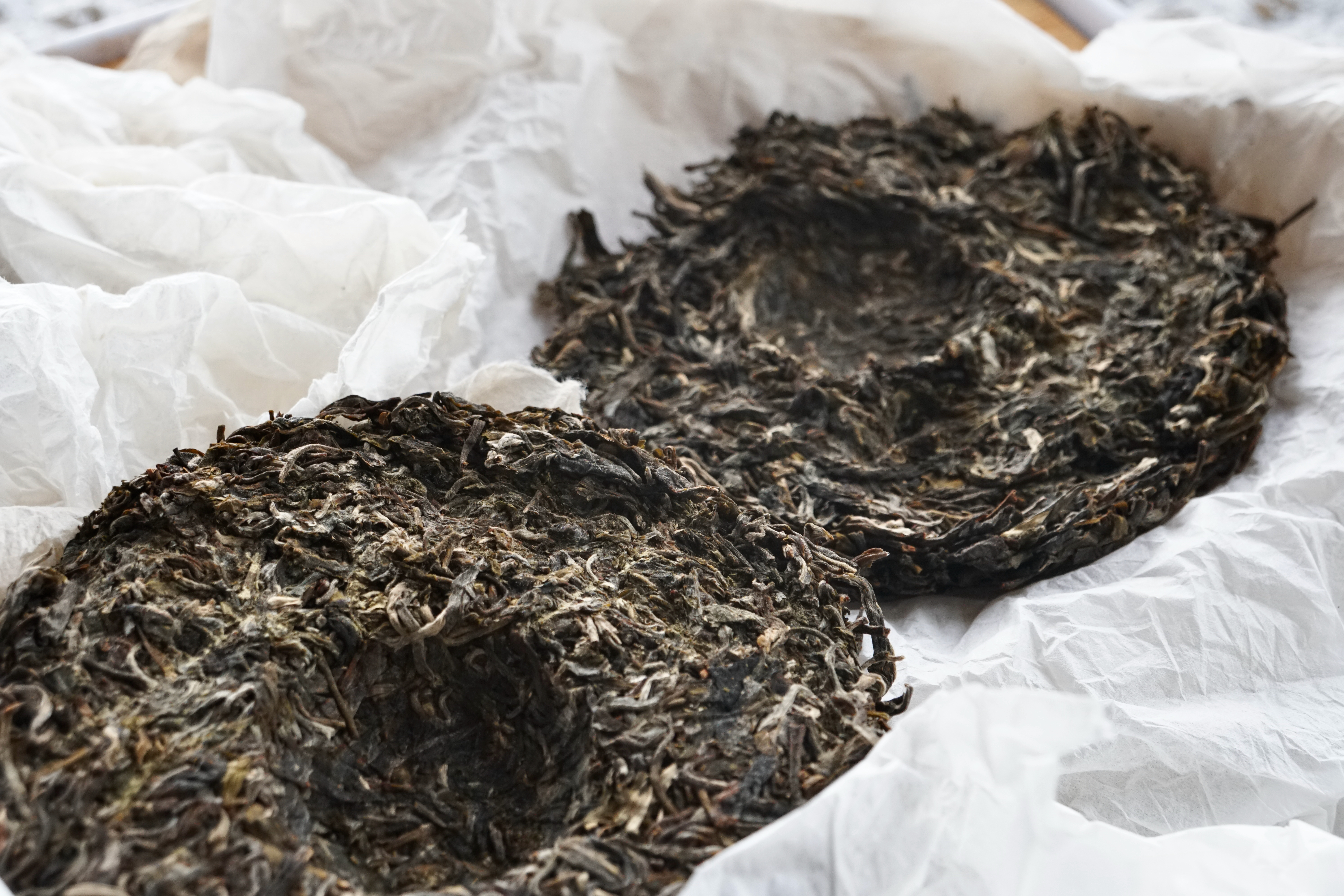
The Naka cake (above) provided that needed blast, while the below Man Nang was the ‘comfort’ bit of palate love
The necessaries upon every single journey of a tea hound, require that vessels and leaves are chosen carefully with an eye to both desires and functionality. In this, I enlisted my son Sebastian into the mix…and I gently overruled when necessary.
In my case the leaves selected were three in origin points, and though all wer Sheng Puerh’s, they all had their own ‘place and time’. The selection of ‘which’ teas is straightforward, though deciding on amounts is anything but.
A 200 gram cake of powerful, broad-flavoured He kai old tree tea from 2020’s Spring harvest is chosen for its steadfast delivery of easy strength. Harvested from Man Nang village it is one of those teas that has sated with both its power and unambiguous finish of vegetal tang for long years, and it is one of the teas that has a familiar-ease-of-consumption about it – stable and predictable it is.
The second selection is a 200 gram cake of Spring 2021 Naka old tree (100 + years). A bit of brilliance it is on the palate. Fresh and almost throbbing with ‘qi’, it counts among my ‘teas that cannot disappoint’. The region’s ability to provide random bits of sumptuous unbridled strength on the palate and in the blood isn’t always a given…but it usually is. It is one of the regions that, with careful hands and consistent raw materials, can provide an offering that satiates and restores my very core. It is too, a tea that can ‘cut’ through a palate of pungent cheese without a problem. I know this well as the two are frequent partners on my palate journeys.
A third wedge of compressed and already-whittled down bit of cake, a Bulang Mountain Summer 2019 is also wrapped up for the journey. A little more settled and less vigorous, it is a ‘later-in-the-day’ tonic, that soothes the need for a subdued stimulant hit.
Years ago in Taiwan, an old friend’s father explained the idea of a tea pot’s “journey” in a way the clings still to the mind.
“It is a responsibility and a part of you. It provides for you whenever there is water, leaves, and time”.
I’ve always held onto those words and their vague irreverence to the idea of impermanence.
This present 90 ml’s of wild clay from northern Taiwan which ends up travelling to all points unknown and known, the time and intention of the creator (Emilio del Pozo)…the idea too that each infusion of leaves, leave some vague micro-elements of themselves in the pot. All of these ‘things’ all contribute to the ‘journey’ and to the pot’s evolution.
The little clay one journeyed well with many a jet-lag-inspired 5am morning sessions in Venice, bringing in the muted light of mornings onto walls and tiles; afternoon restorative shots in Milan; to a park bench along Lake Geneva where I once roamed as a child with my live wire Hungarian grandmother (here, a ragingly strong dose of Naka was served up); and to a little snow dug-out high above Chamonix where the Bulang Summer offering hummed and layed claim to the view of the spine of snowy mountains stretched out to the horizons.
The little 90 ml pot restored, brewed, aged, touched different water sources and ultimately returned from the journey enhanced and further appreciated. Vitally too, the contents that it brewed was shared. In many ways, its story has begun to collect and gather its little bits of time and place.
Journeys will continue with other leaves and destinations and hopefully the pot will have many stewards in its time.
Omu, The Strong
Arriving to a new camp and homestead, Omu sets about going through an unending list of ‘musts’. One of the musts is securing tent ‘fly’ lines of twined yak wool, hammered into the high-altitude turf.
Using a stone picked up casually from the surroundings, Omu pounds homemade wooden pegs at an angle that she will adjust and modify over the coming months. Soon after the tent was erected, tea was served. She remarked once, “when we make our first tea in a place, we are settled”.
Though over the years I’ve spent months with her family, it is her that the community revolved around and it was her that I marvelled at for all of the vital roles she occupied within her family. It was she and her quiet husband Ajo who decided when to move and when to allow the yak to dictate the journey to more luscious grazing and it was Omu who ‘felt’ when the seasons were shifting, precipitating a move of her tented household.
It was she too who cared for and understood the yak, it was she who prepared meals, and it was she who prepared tea daily in huge, rich doses. It was her too that was dared not defied. Her two sons and a nephew knew better than anyone that her words and intentions stood.
Dolma, the Titan
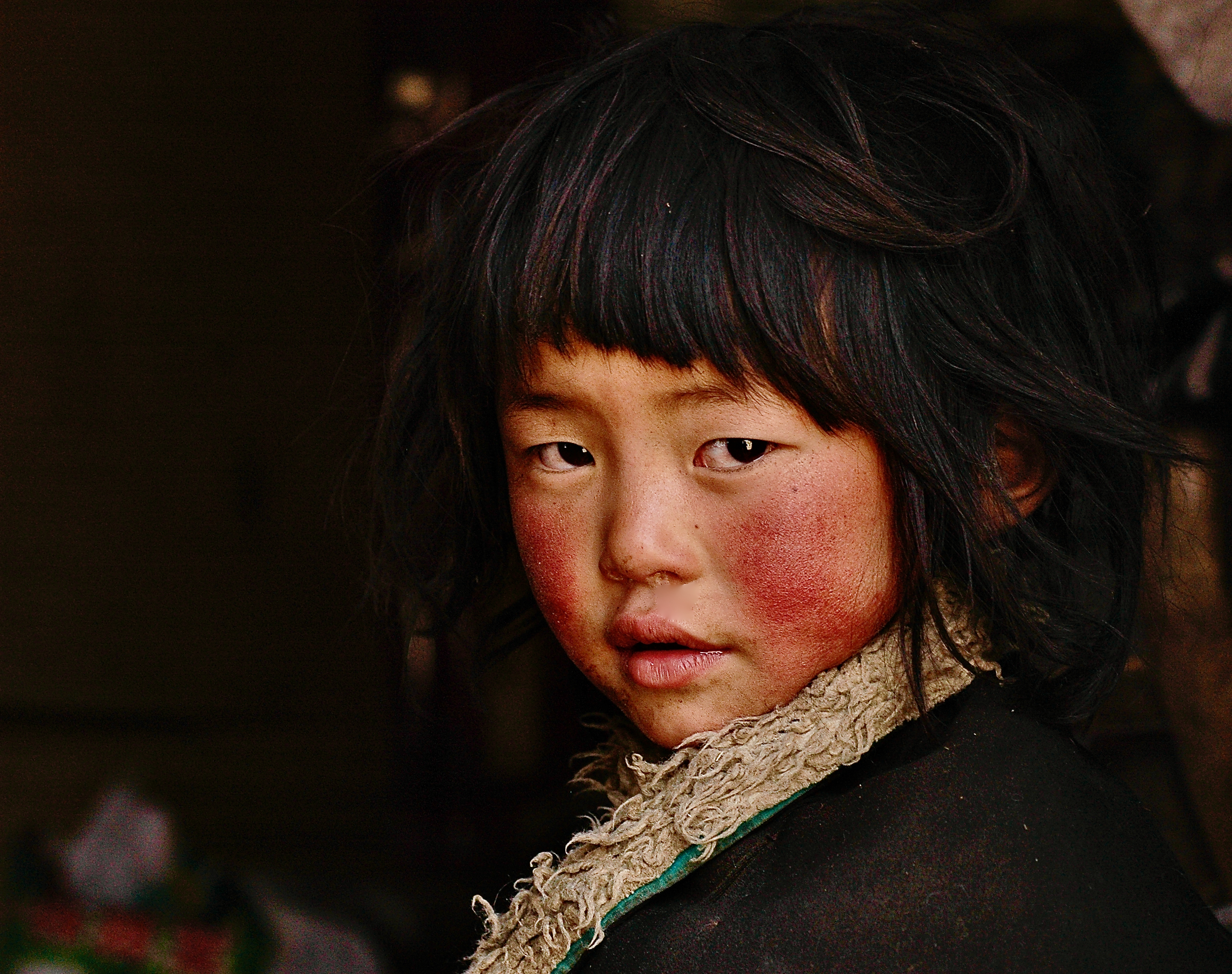
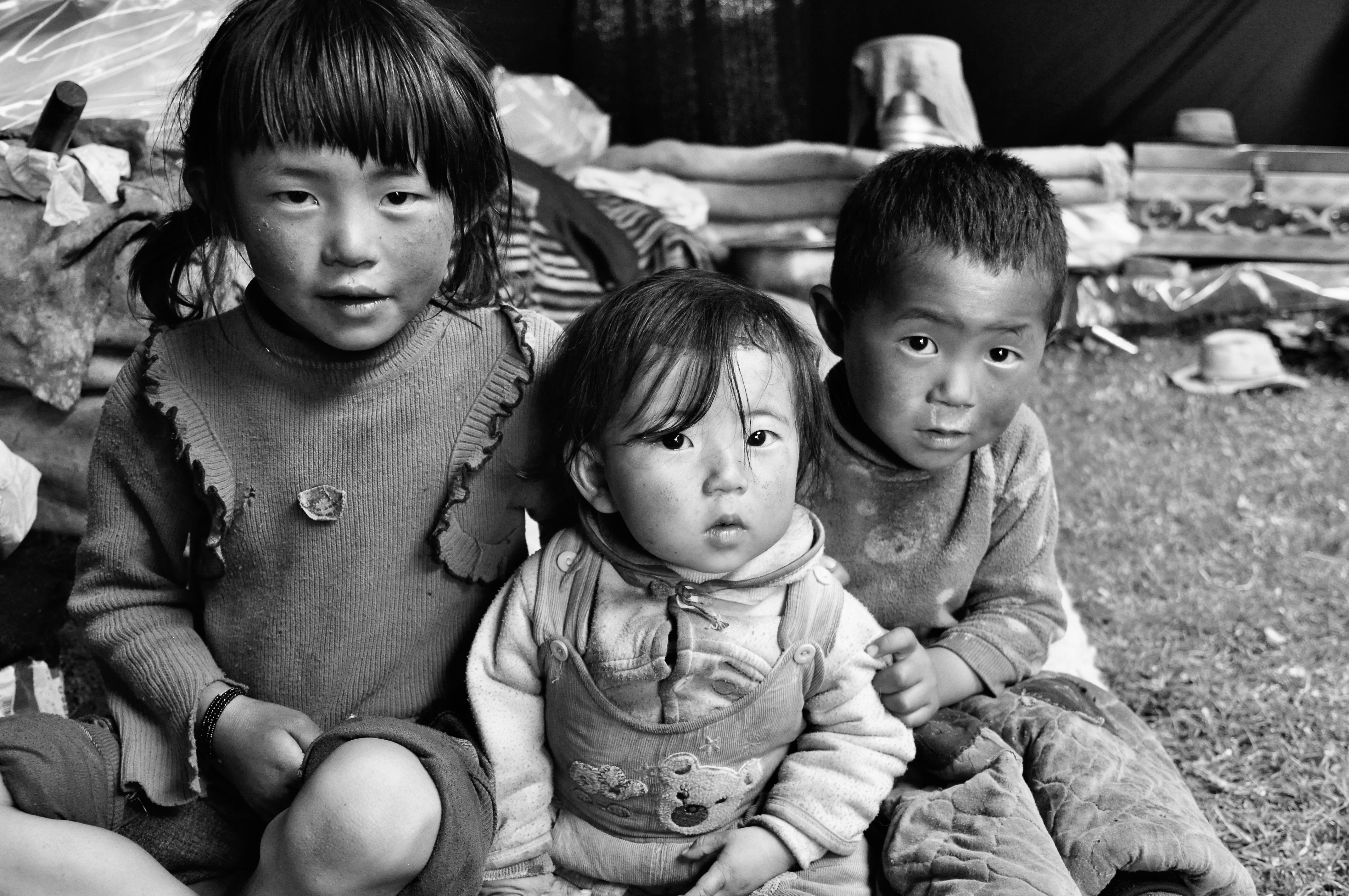
Leaf Journeys, Leaf Ageing, and the Heights
It was upon the months’ long journeys along the Tea Horse Road that the big-leafed ‘assamica’ material and eternal panacea, tea, would transform and morph from a simple green tea into an almost compost-like blend that many Tibetans began to prefer for their famed churned butter tea, bo-ja.
A Tea Comes Around
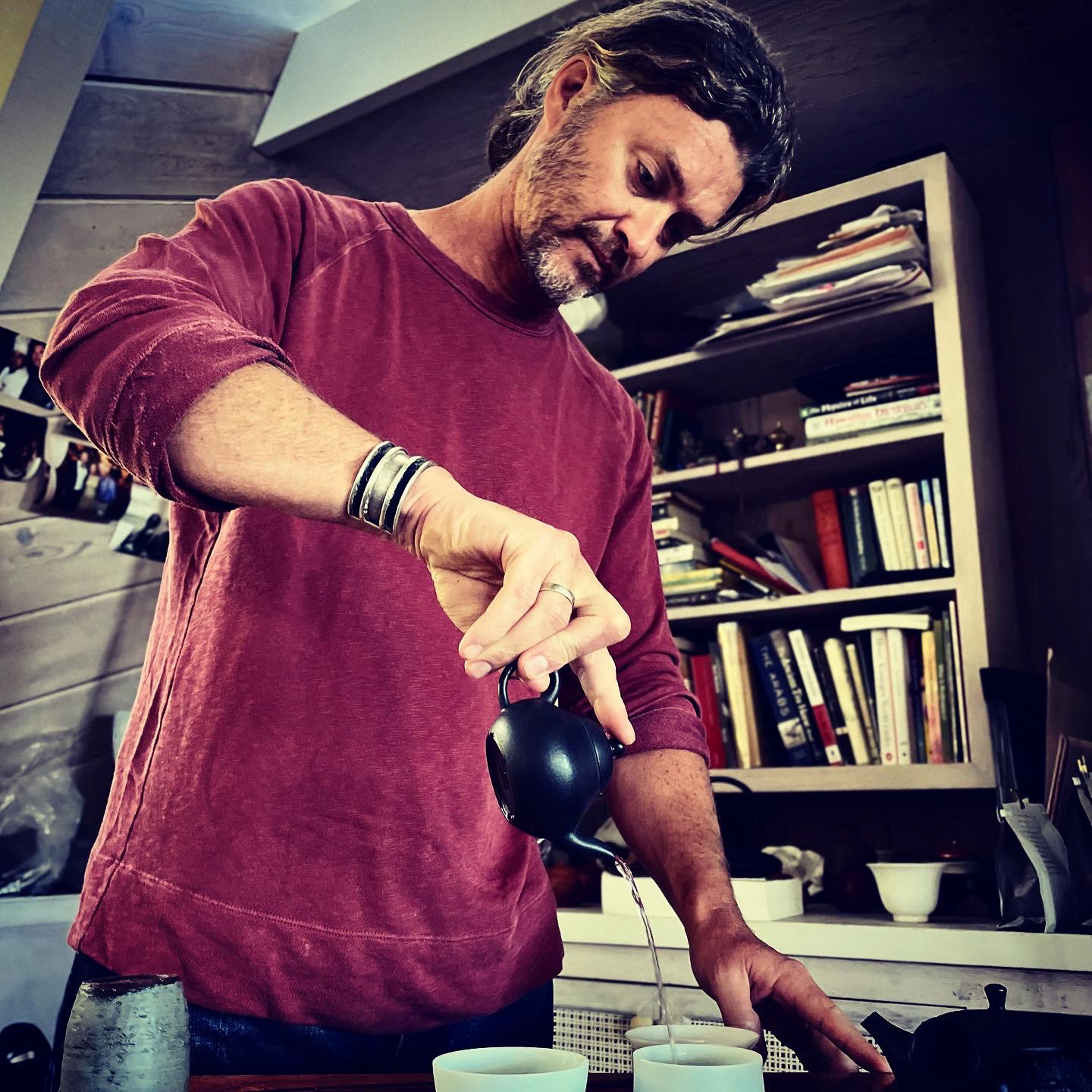
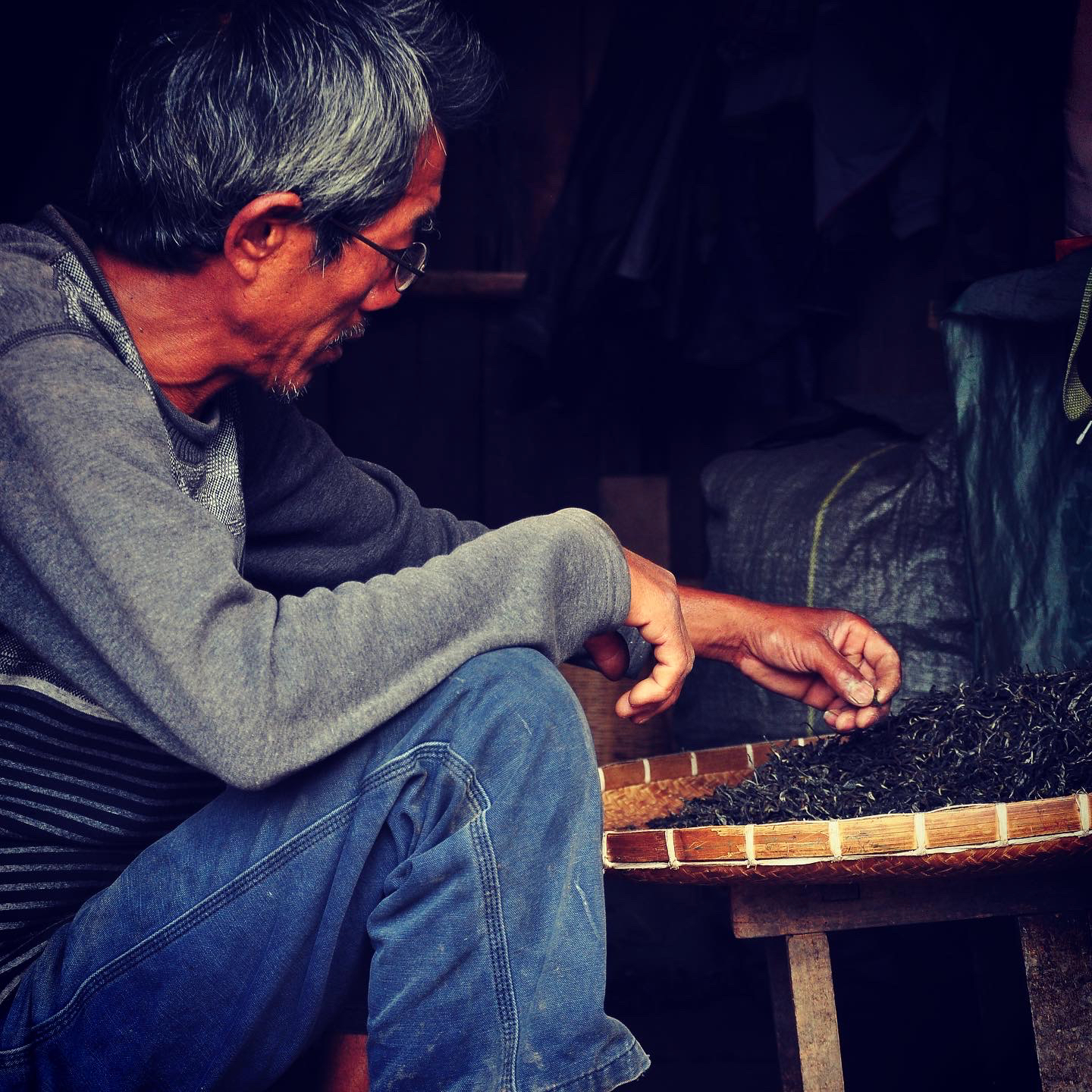
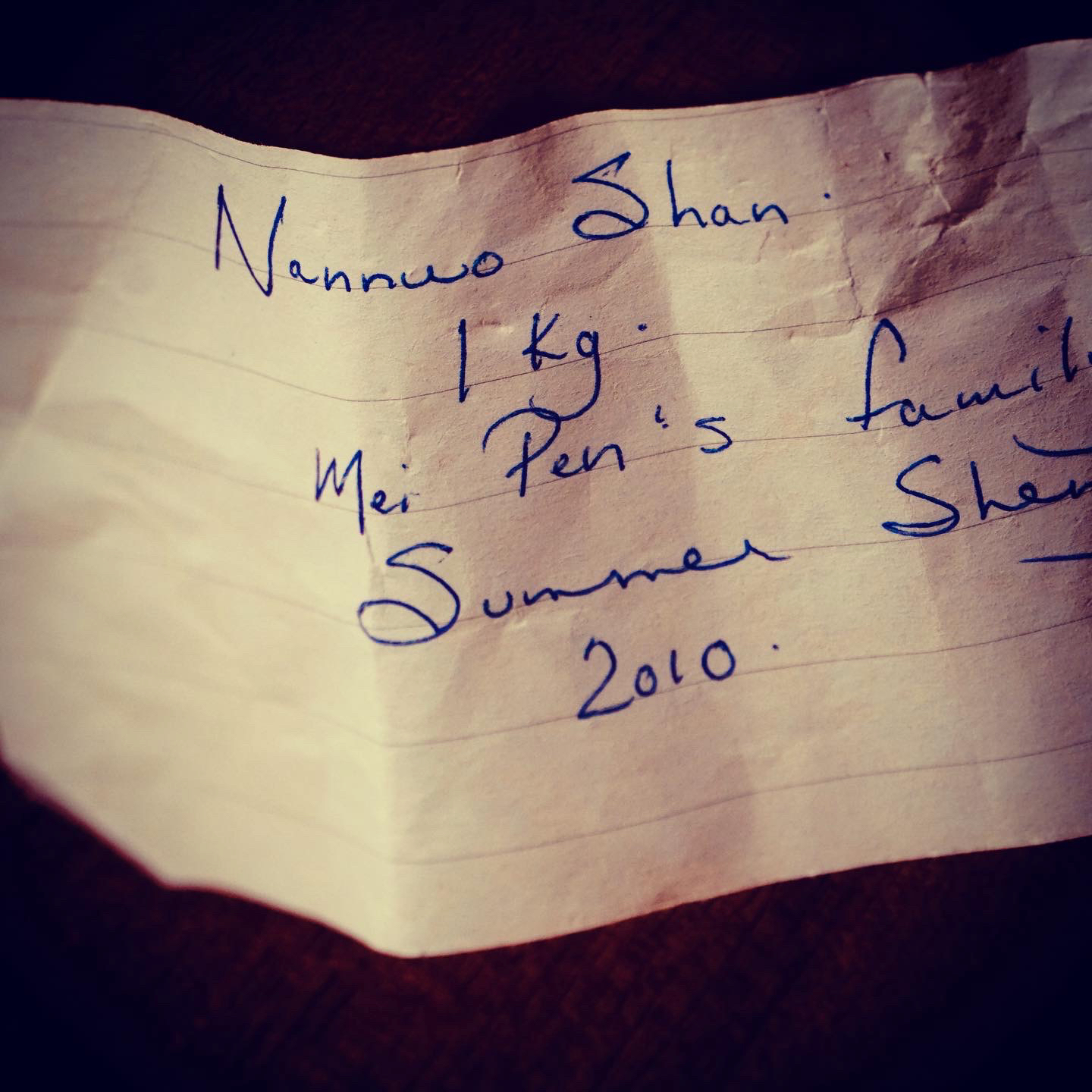
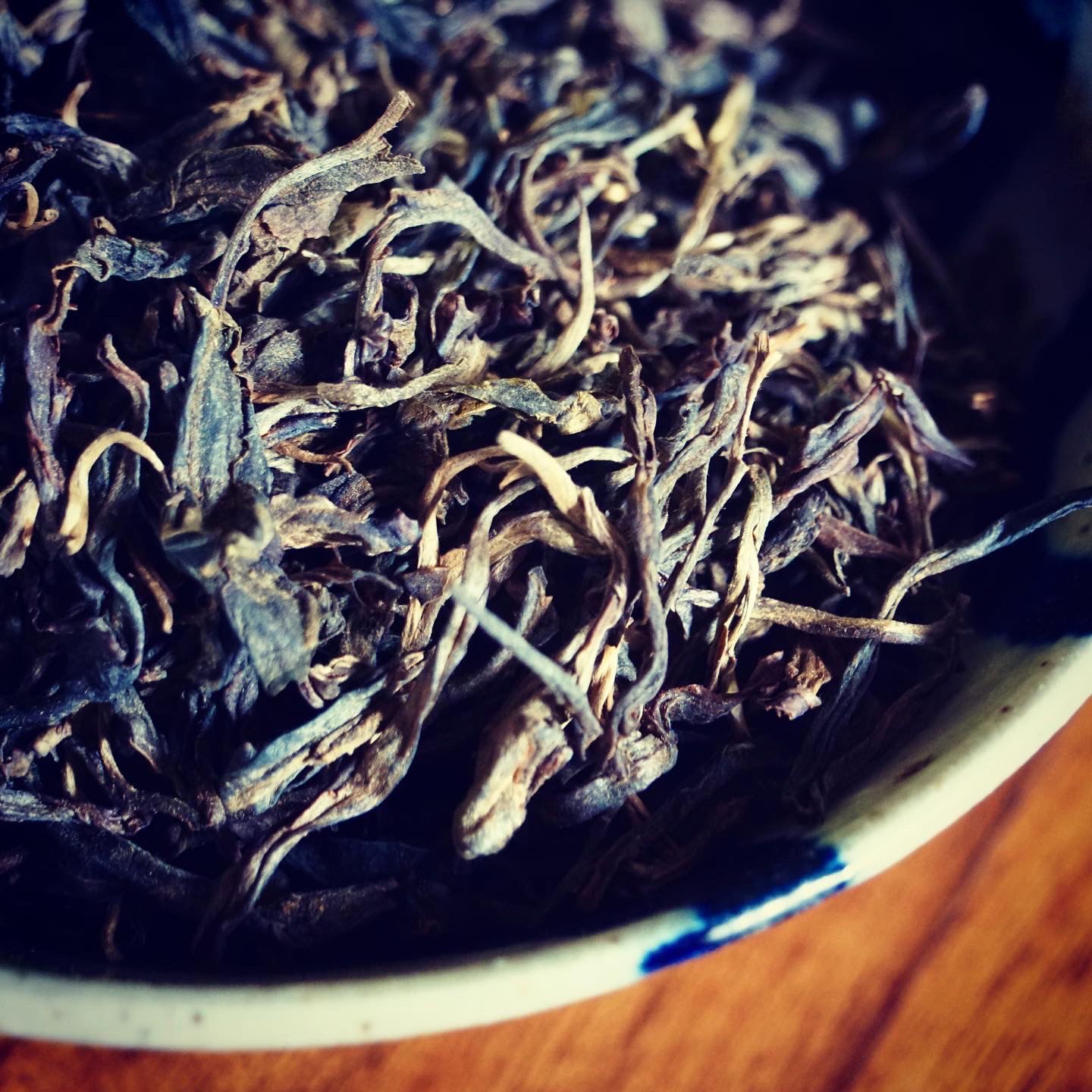
The Tea Sessions – Latest Column Piece – “Karma’s Chai”
Few mortals provide (and have provided) as much leaf pleasure as the immortal Karma. Over years and expeditions, he has alchemized his fierce brews at thousands of metres high, on cliffs, glaciers, and in snow blown Himalayan camps. Within his green ‘kitchen” tent, Karma has restored and rebalanced entire teams all while a tender stream of golden age Bollywood classics wafts from his phone. It is to him and his teas (and high altitude apple pies made from lentil flower) that I’ve long deferred. My latest tribute and column, “The Tea Sessions” is dedicated to Karma and his chai elixirs.
An entire documentary film should probably made on Karma’s culinary skills within his tent sitting cross-legged and murmuring about life. A legend.
Link to full article here.

